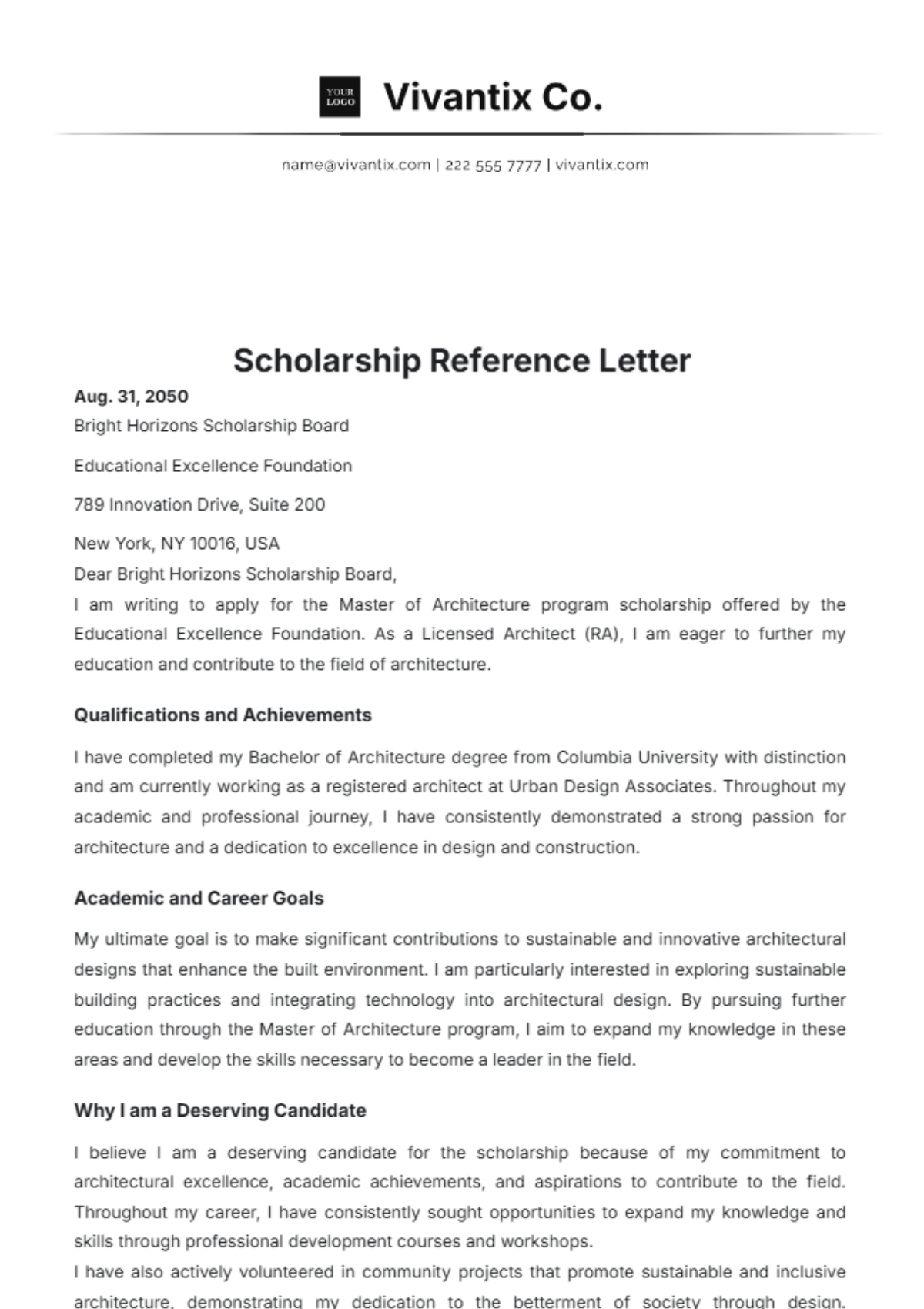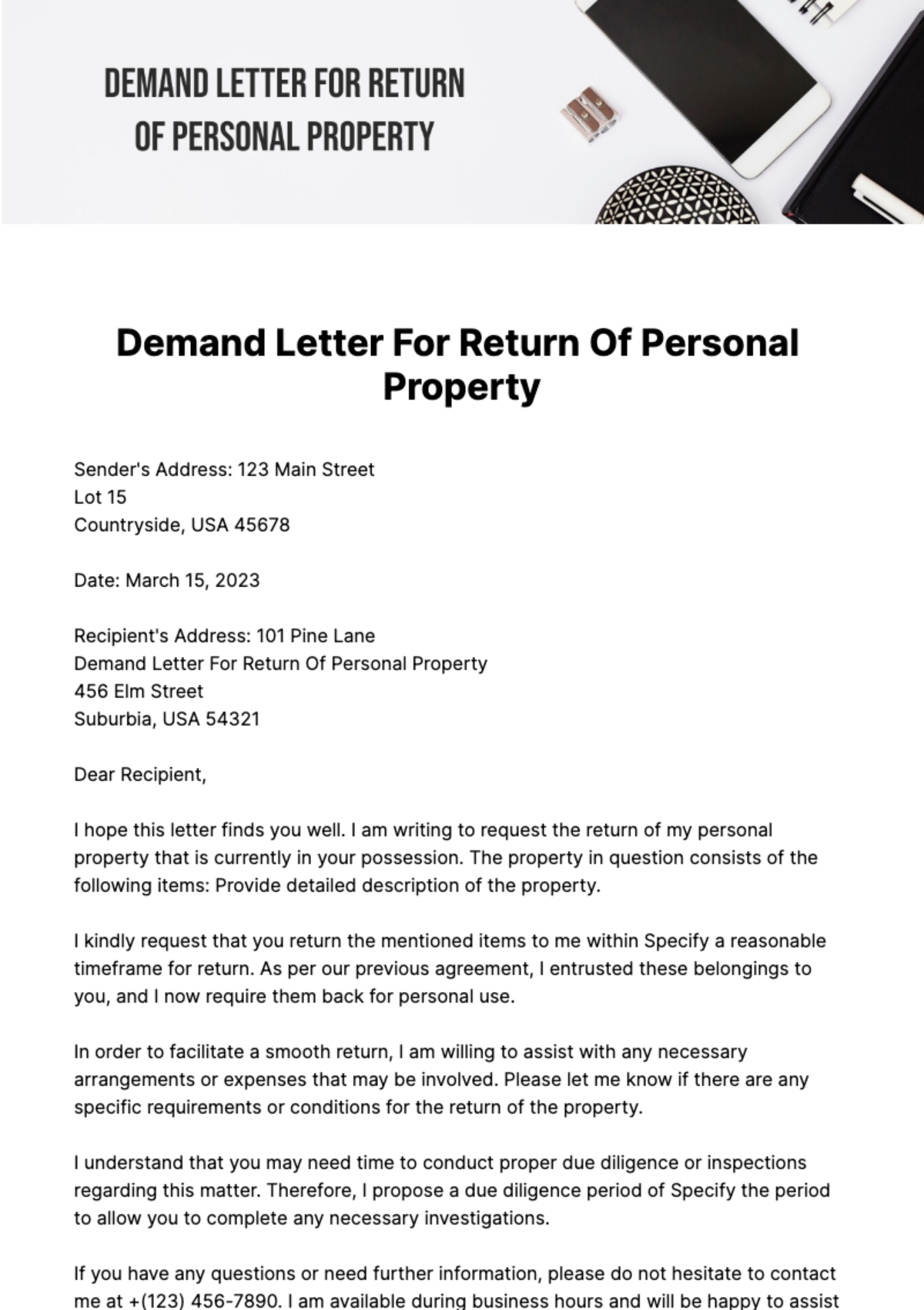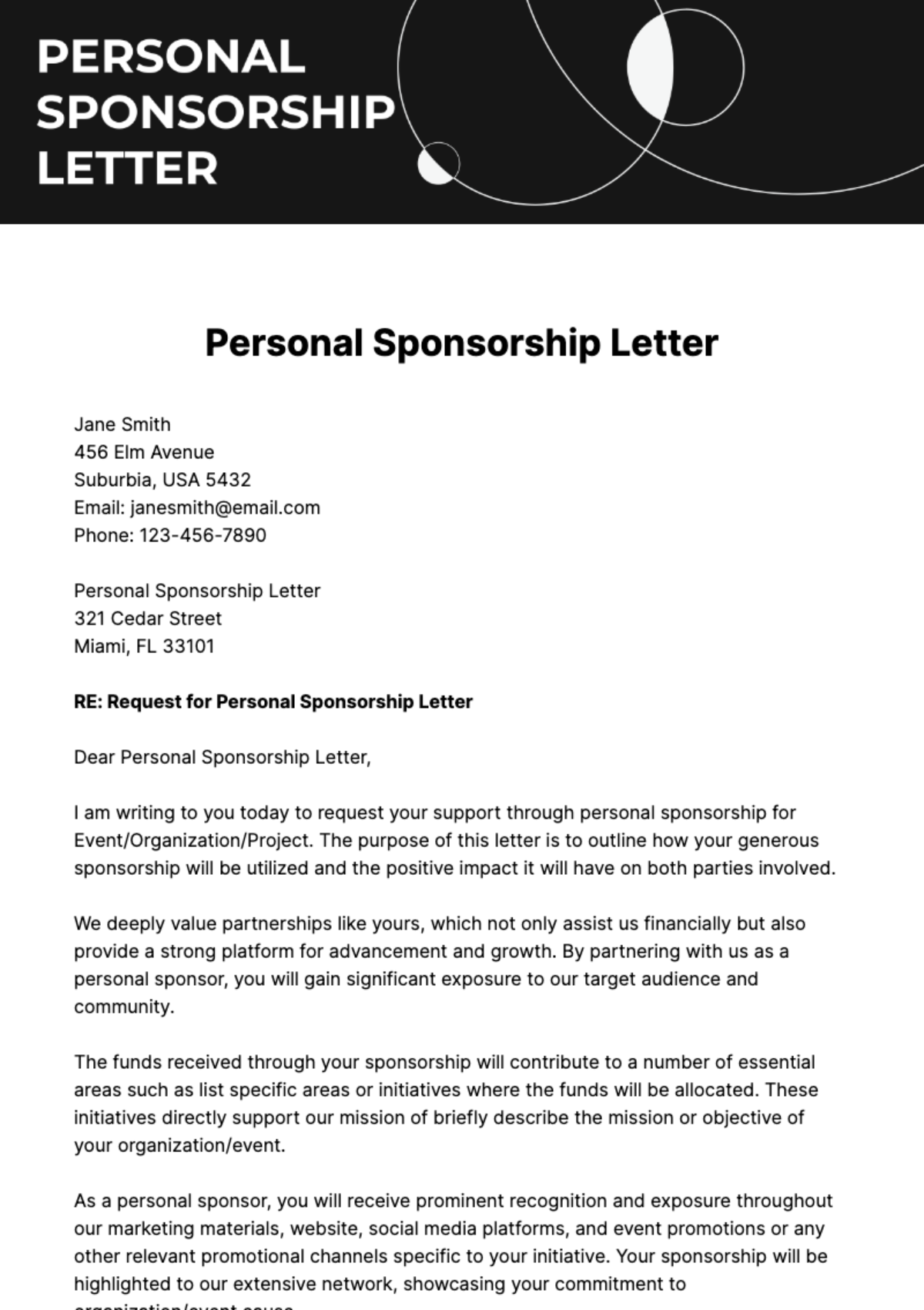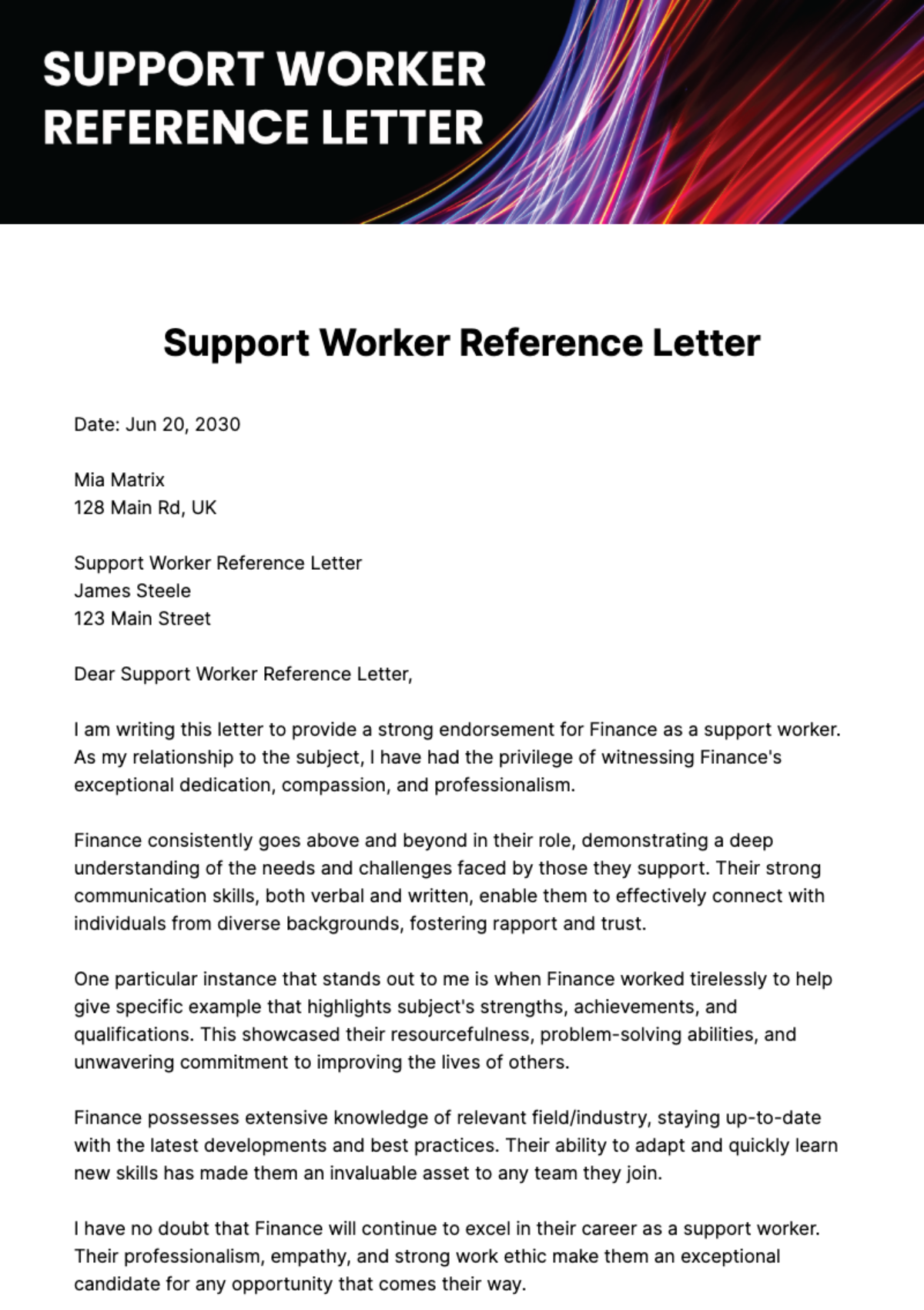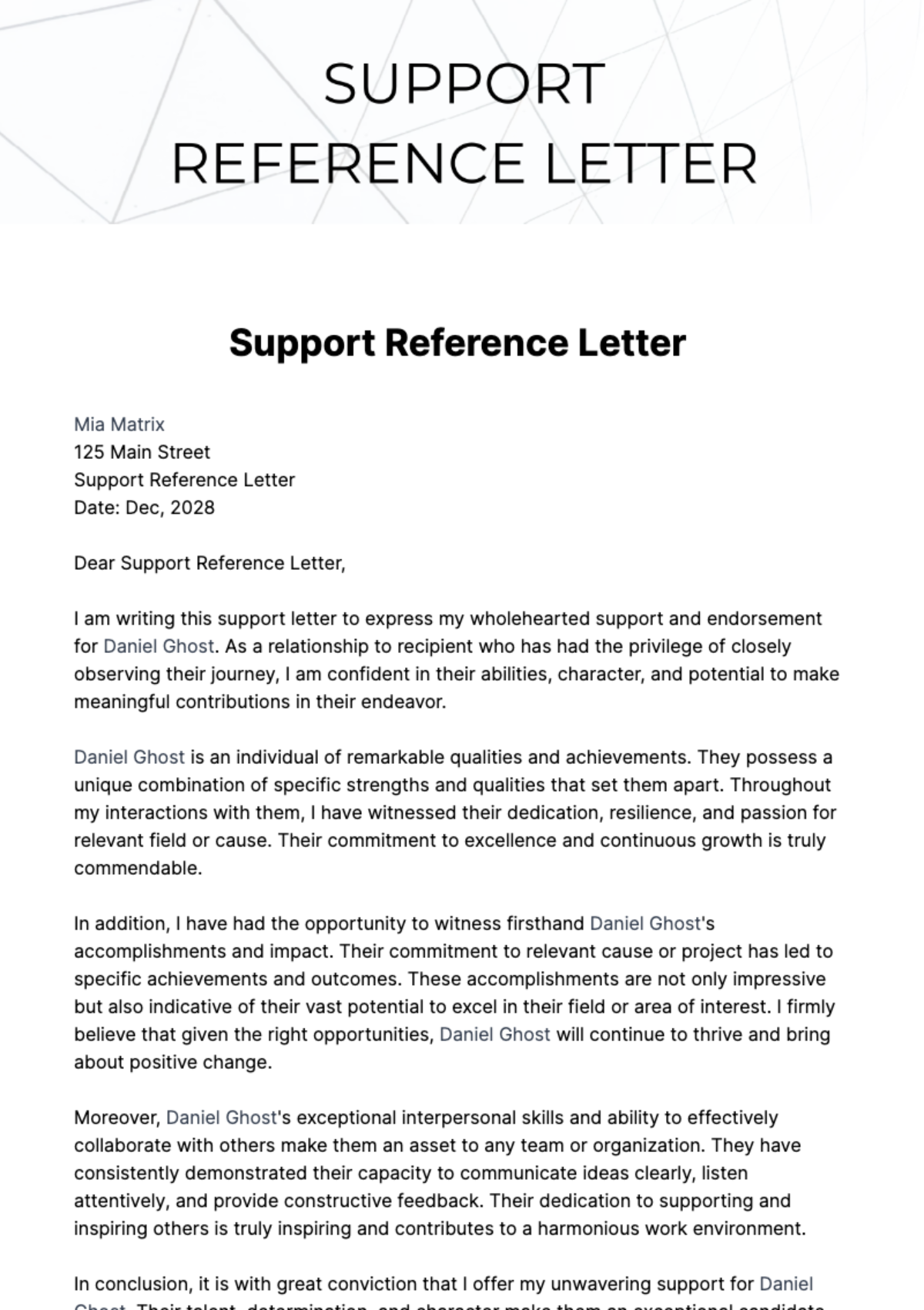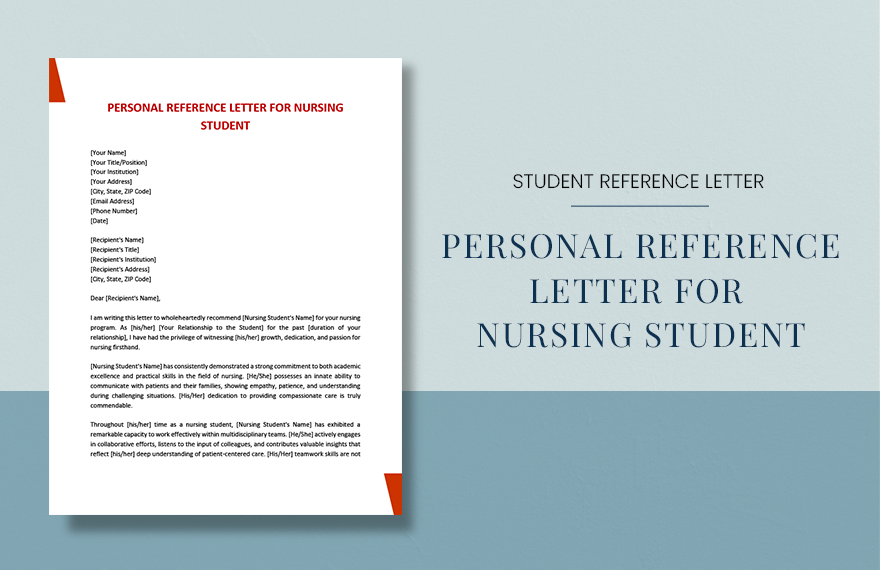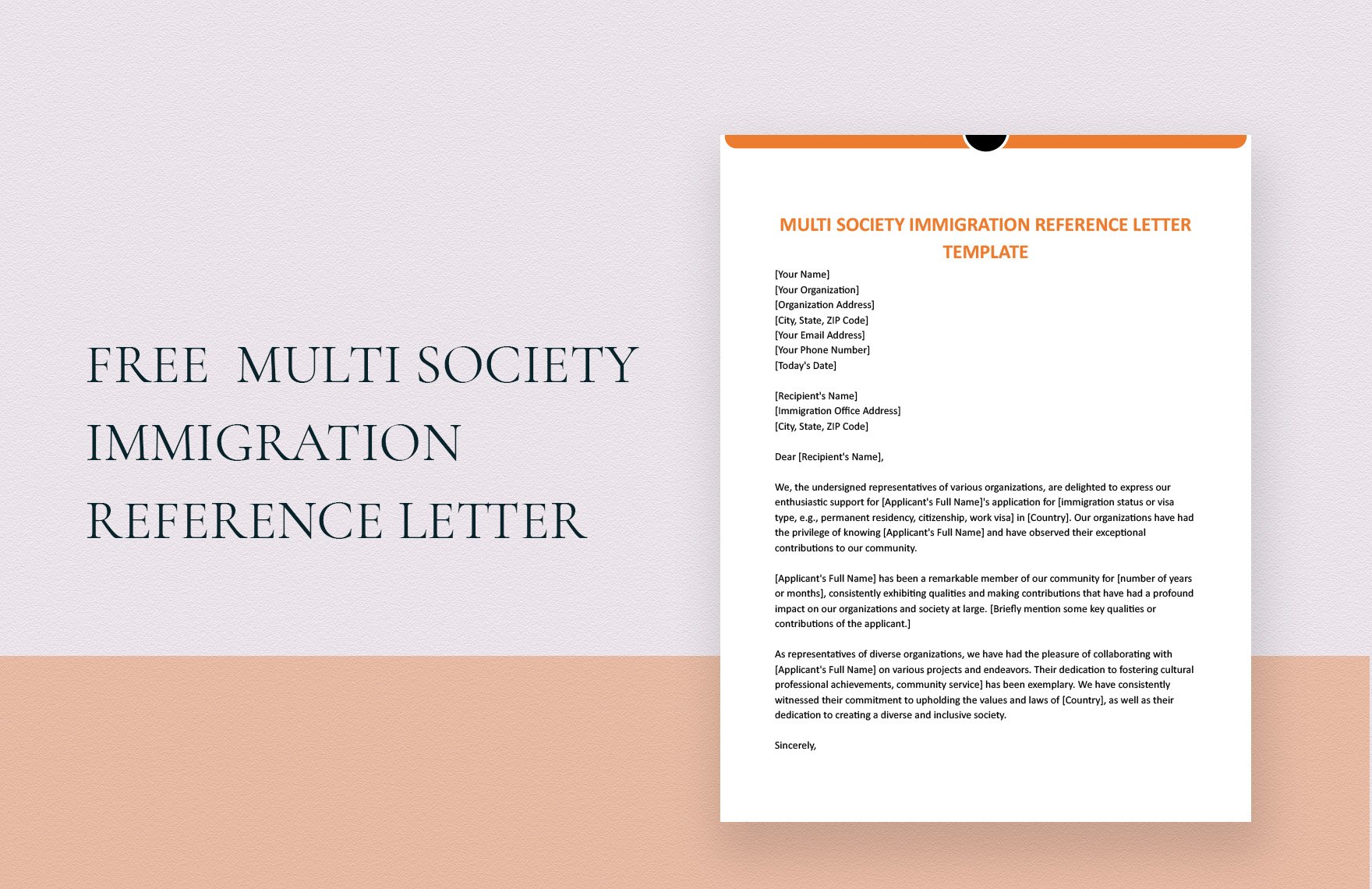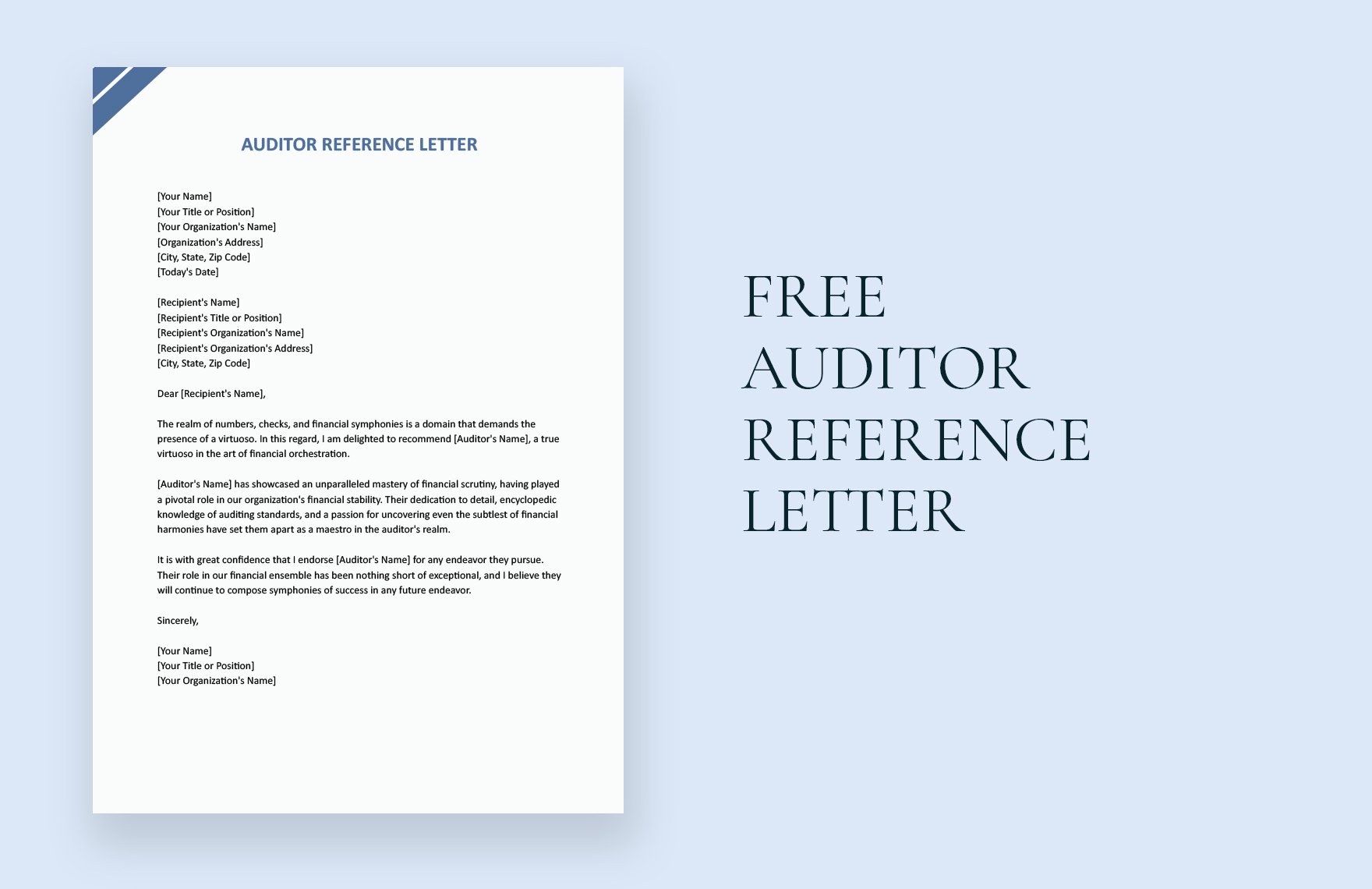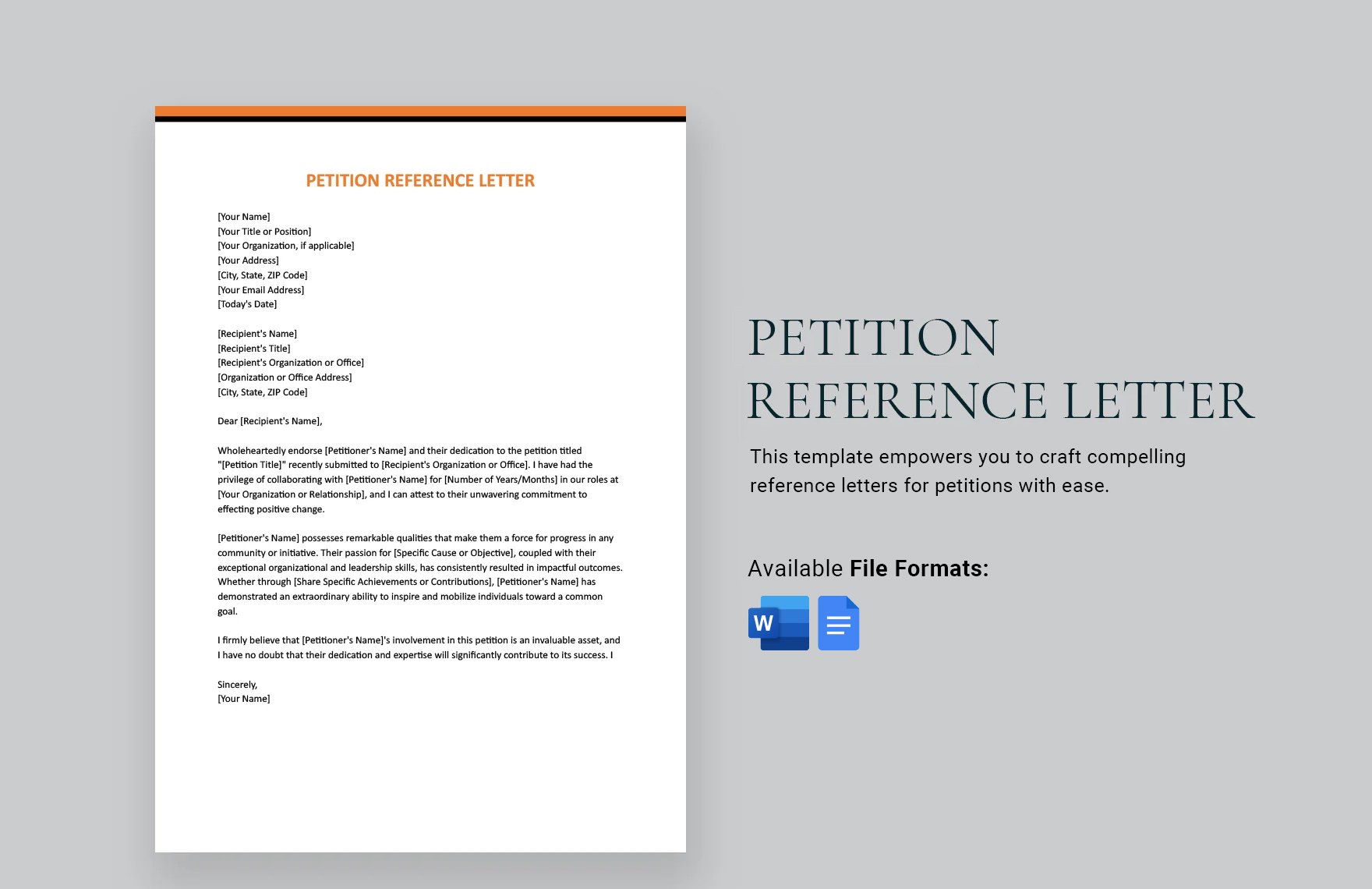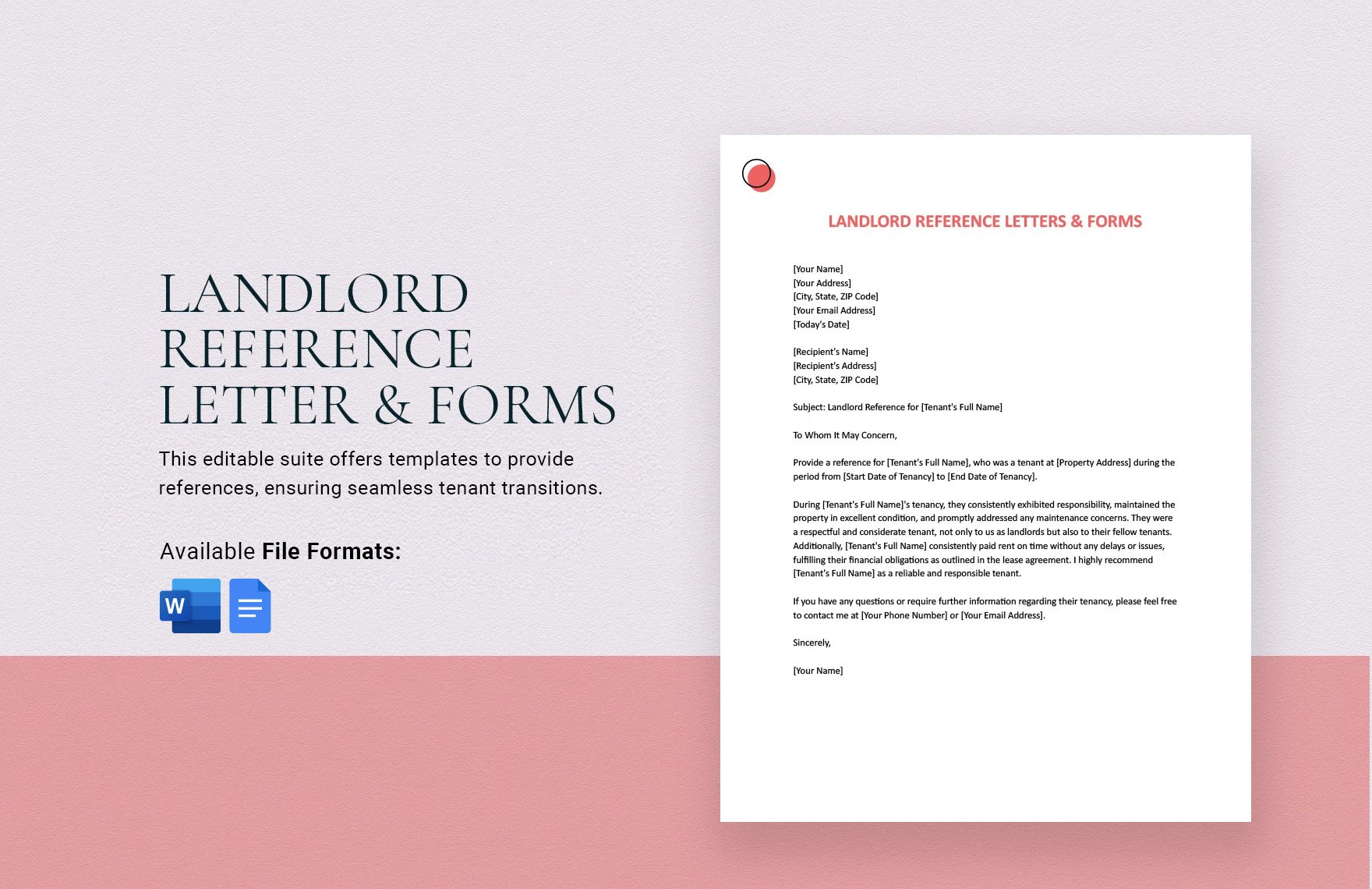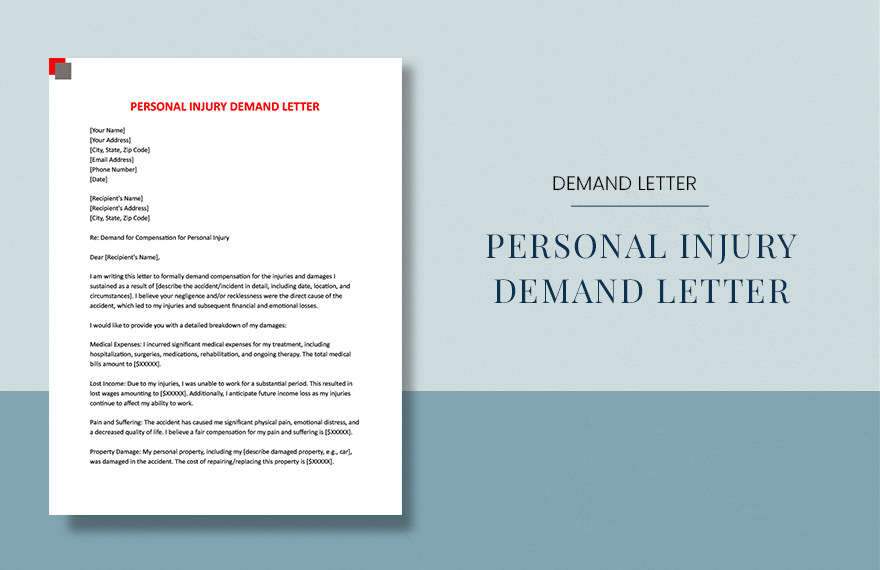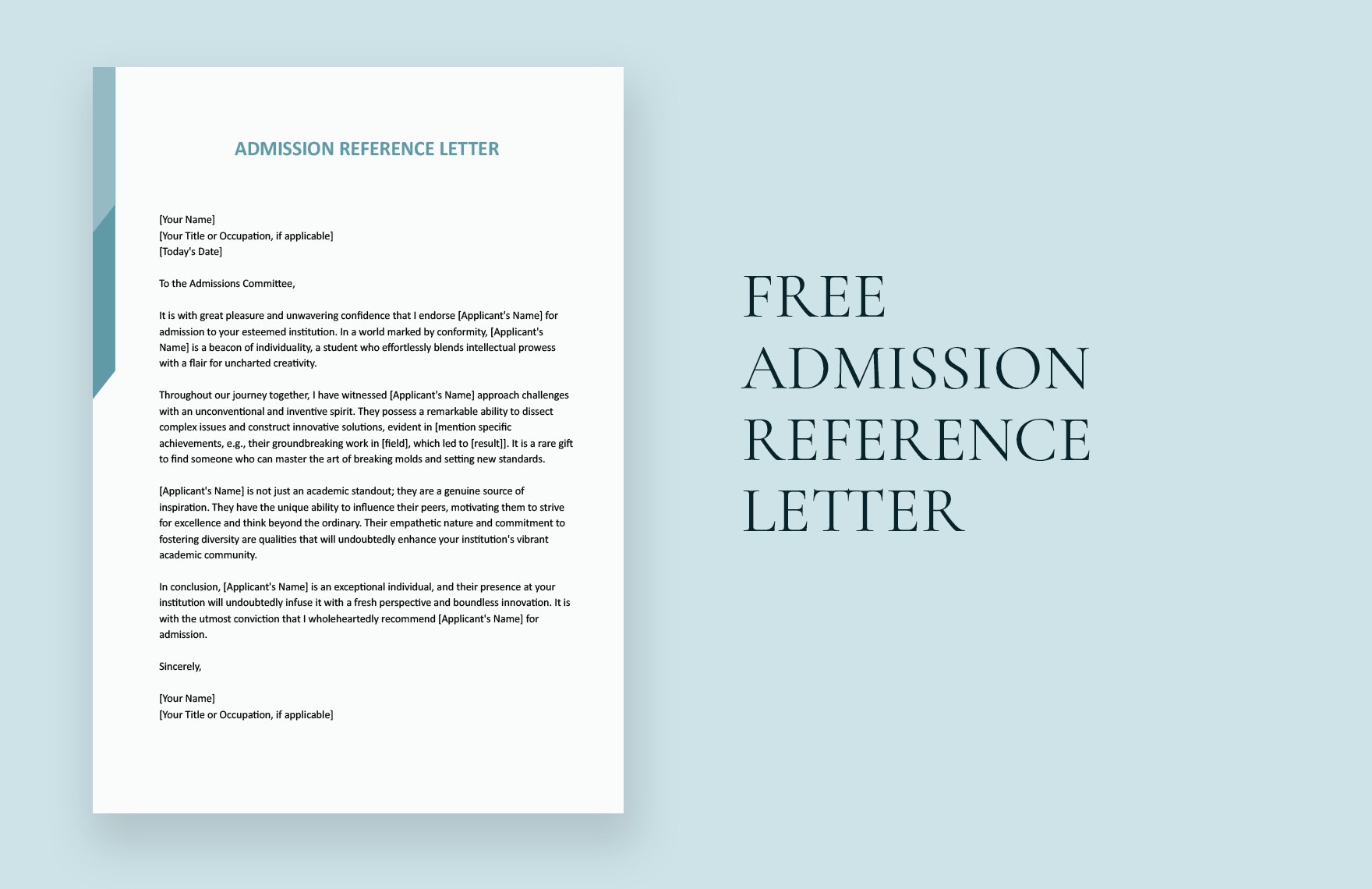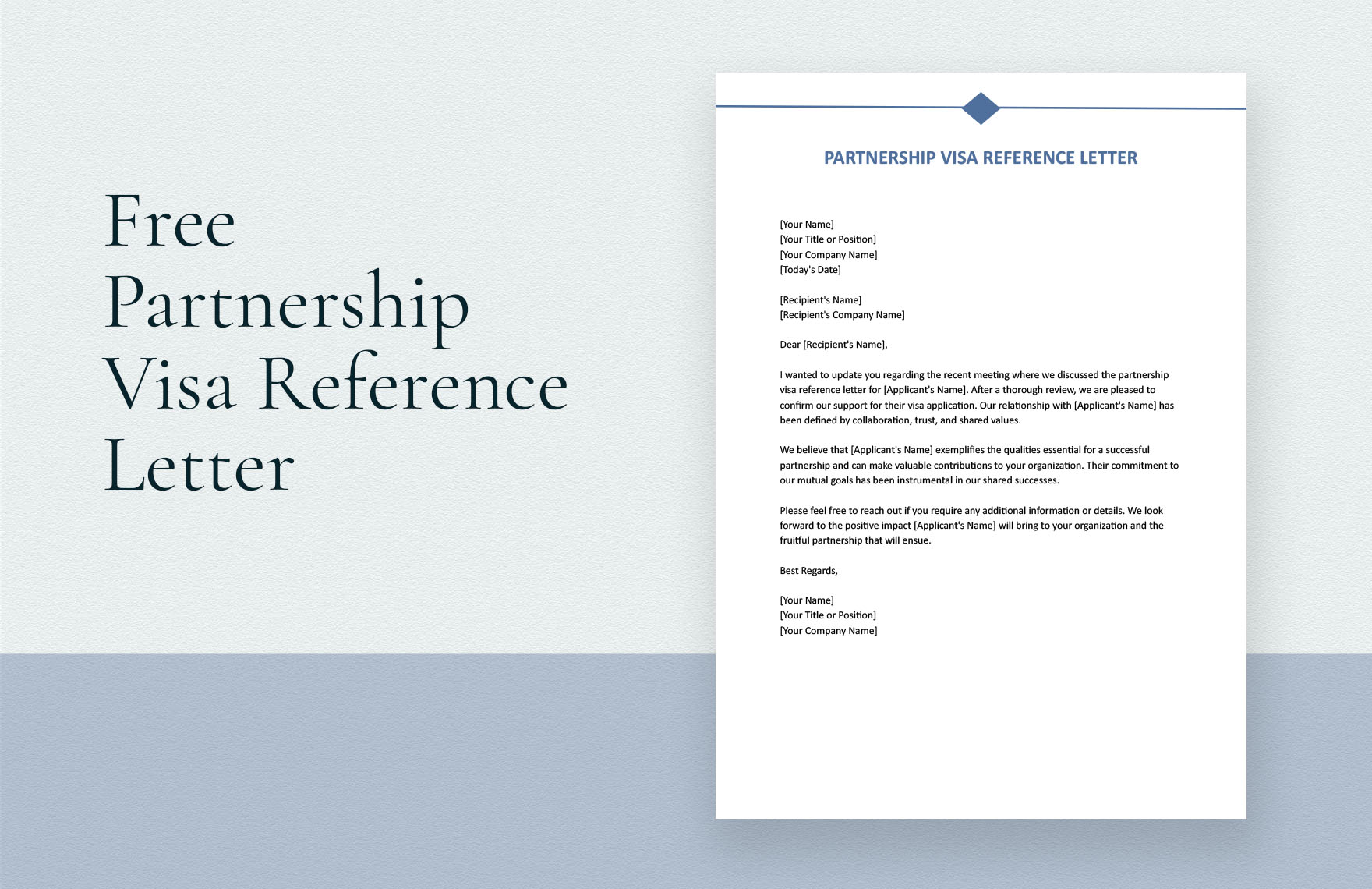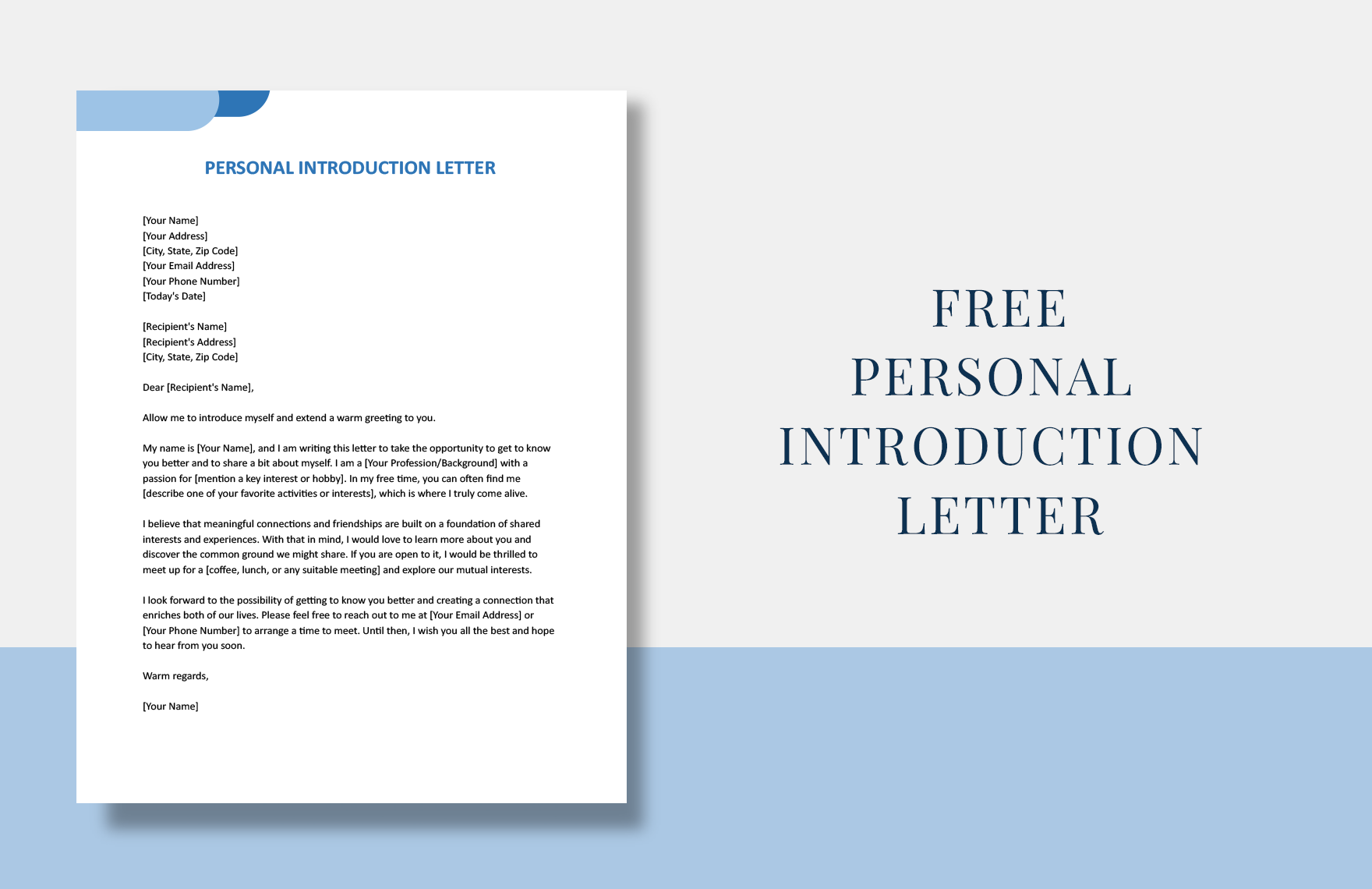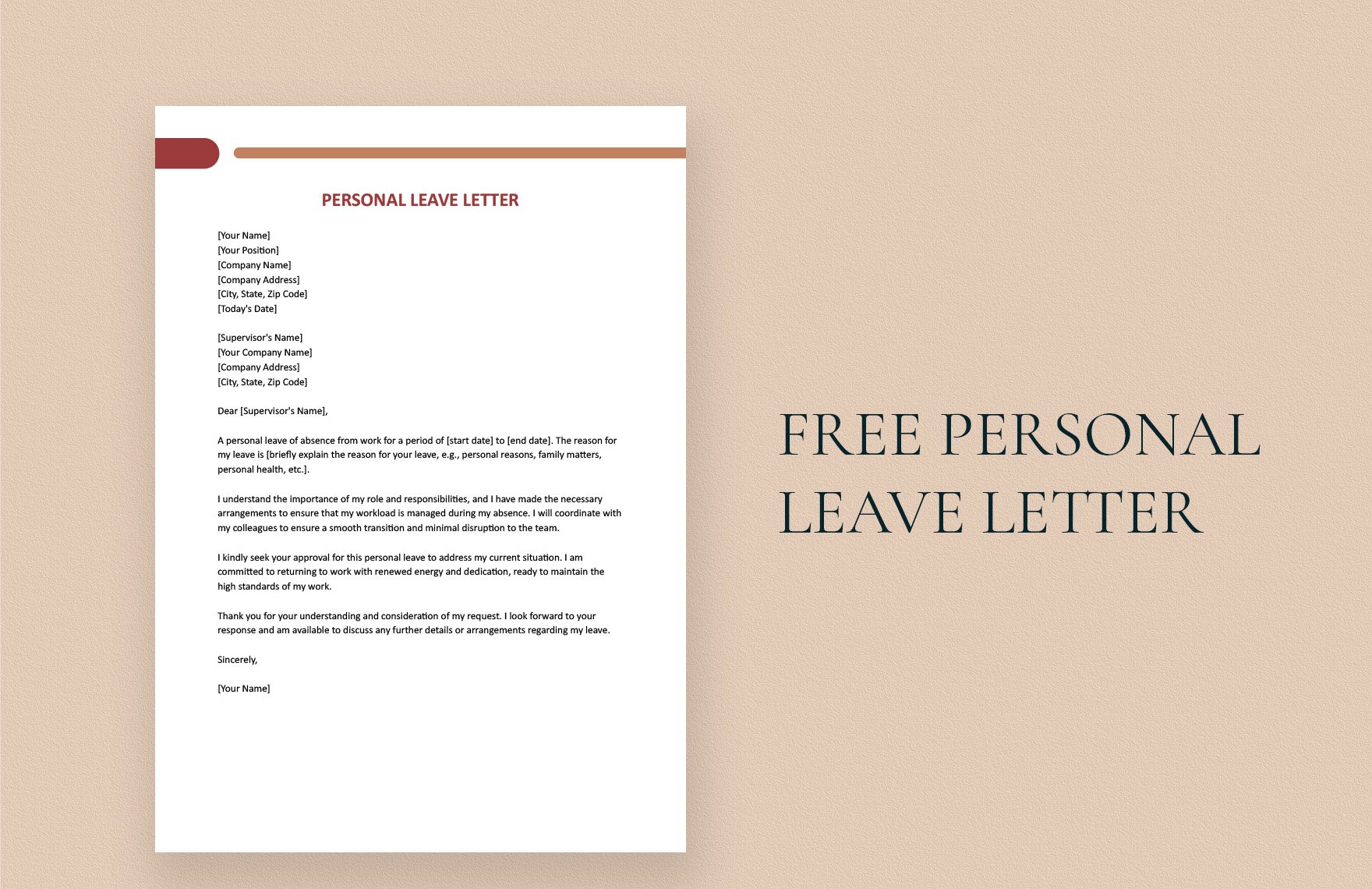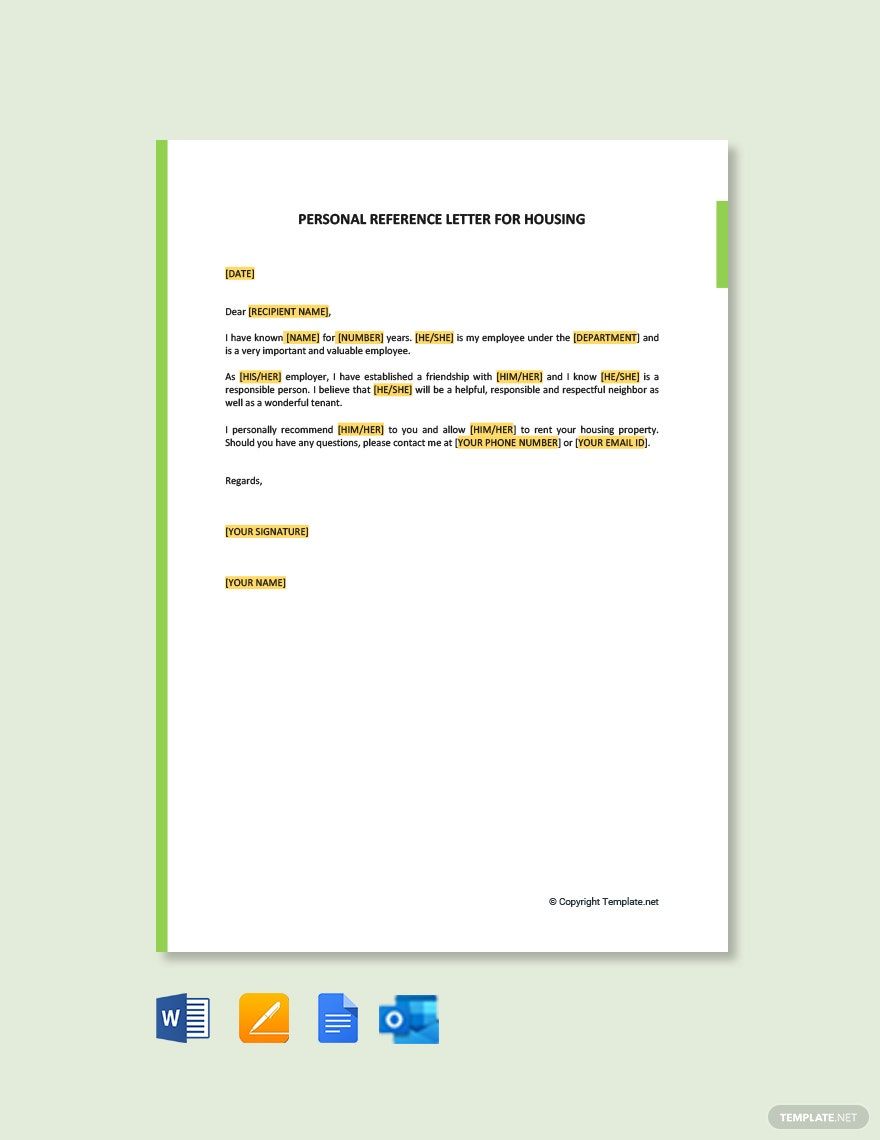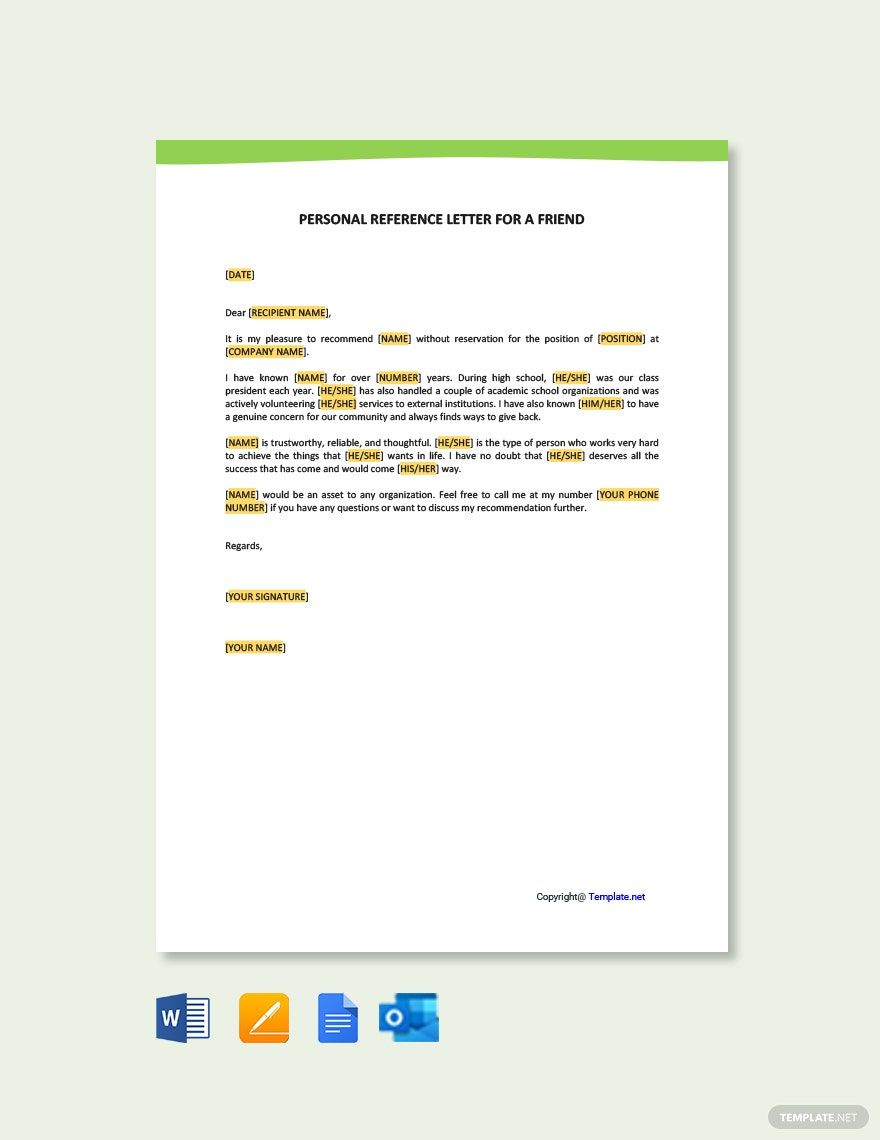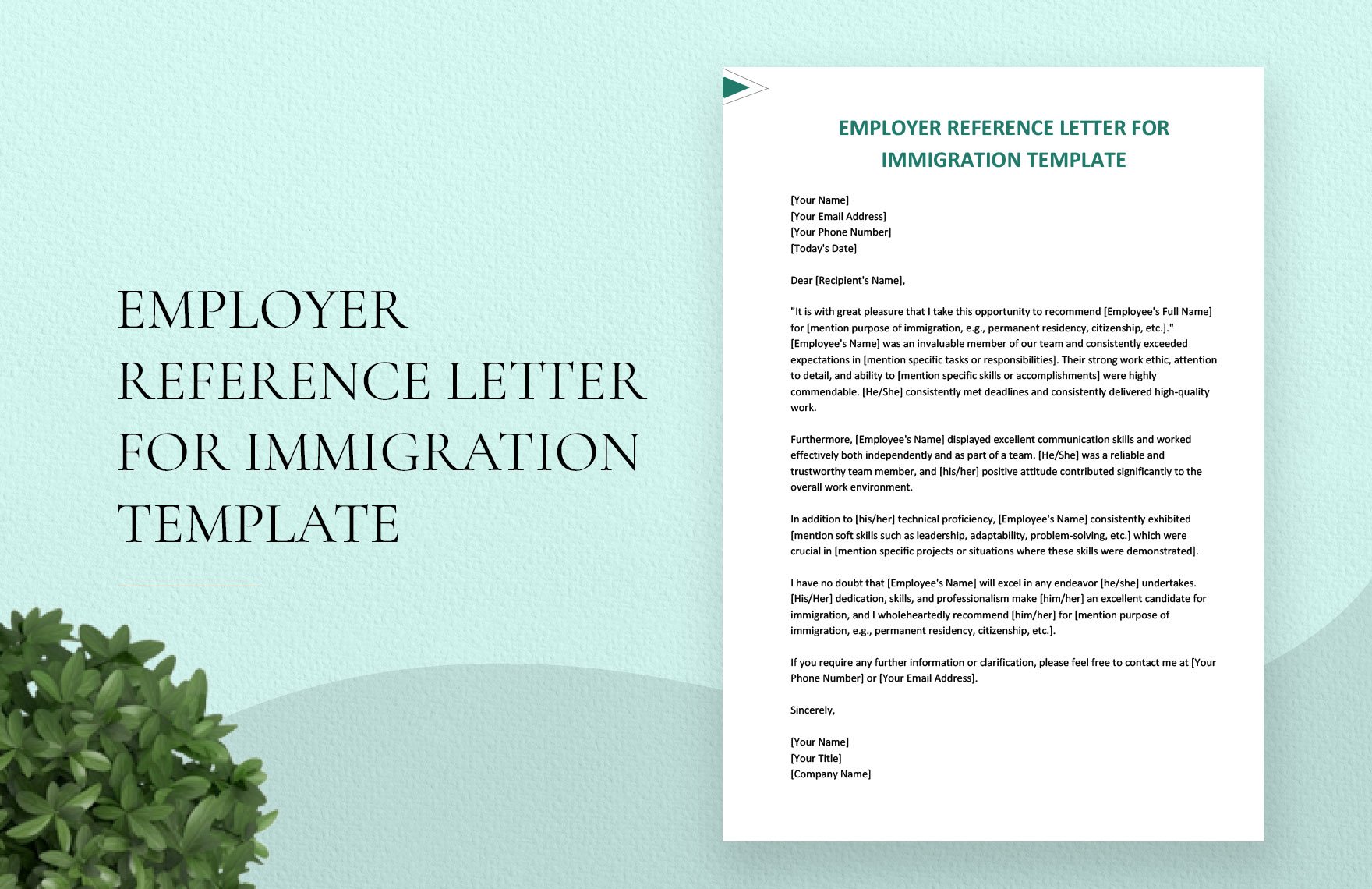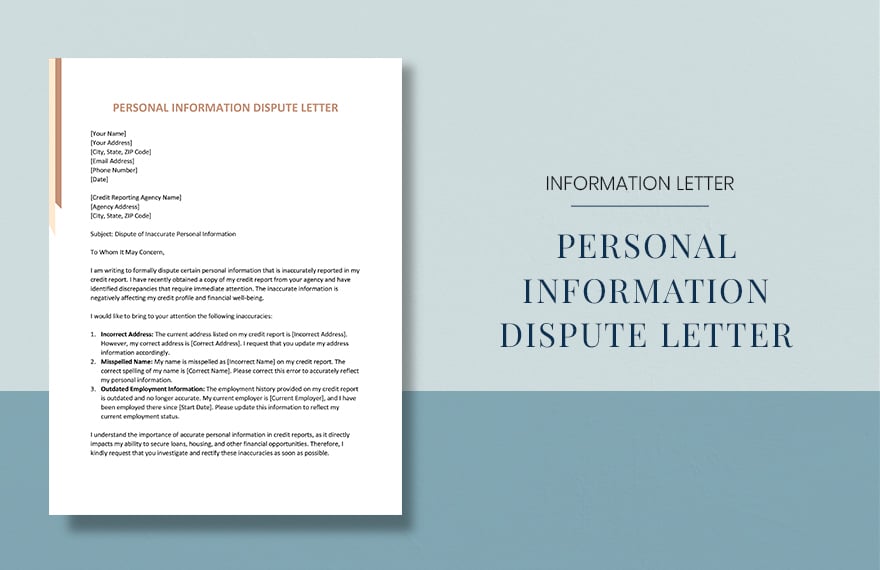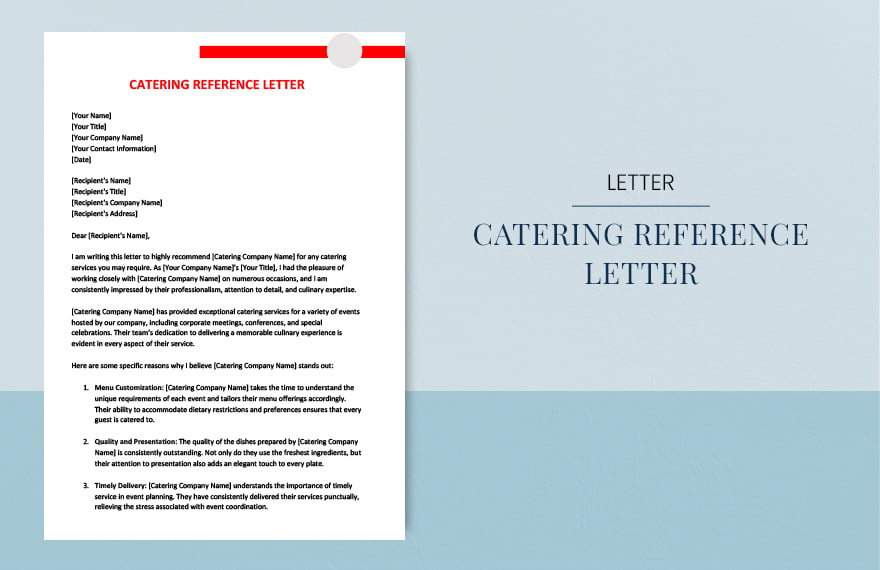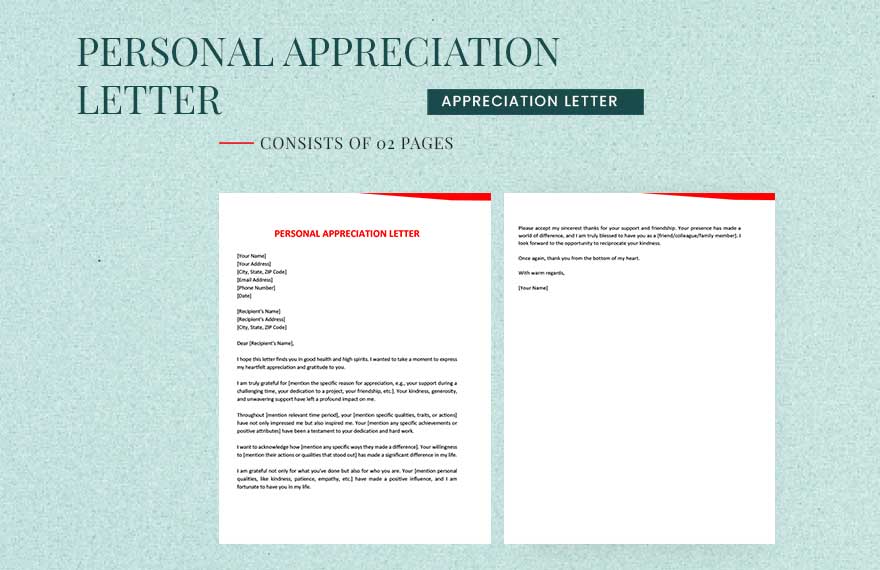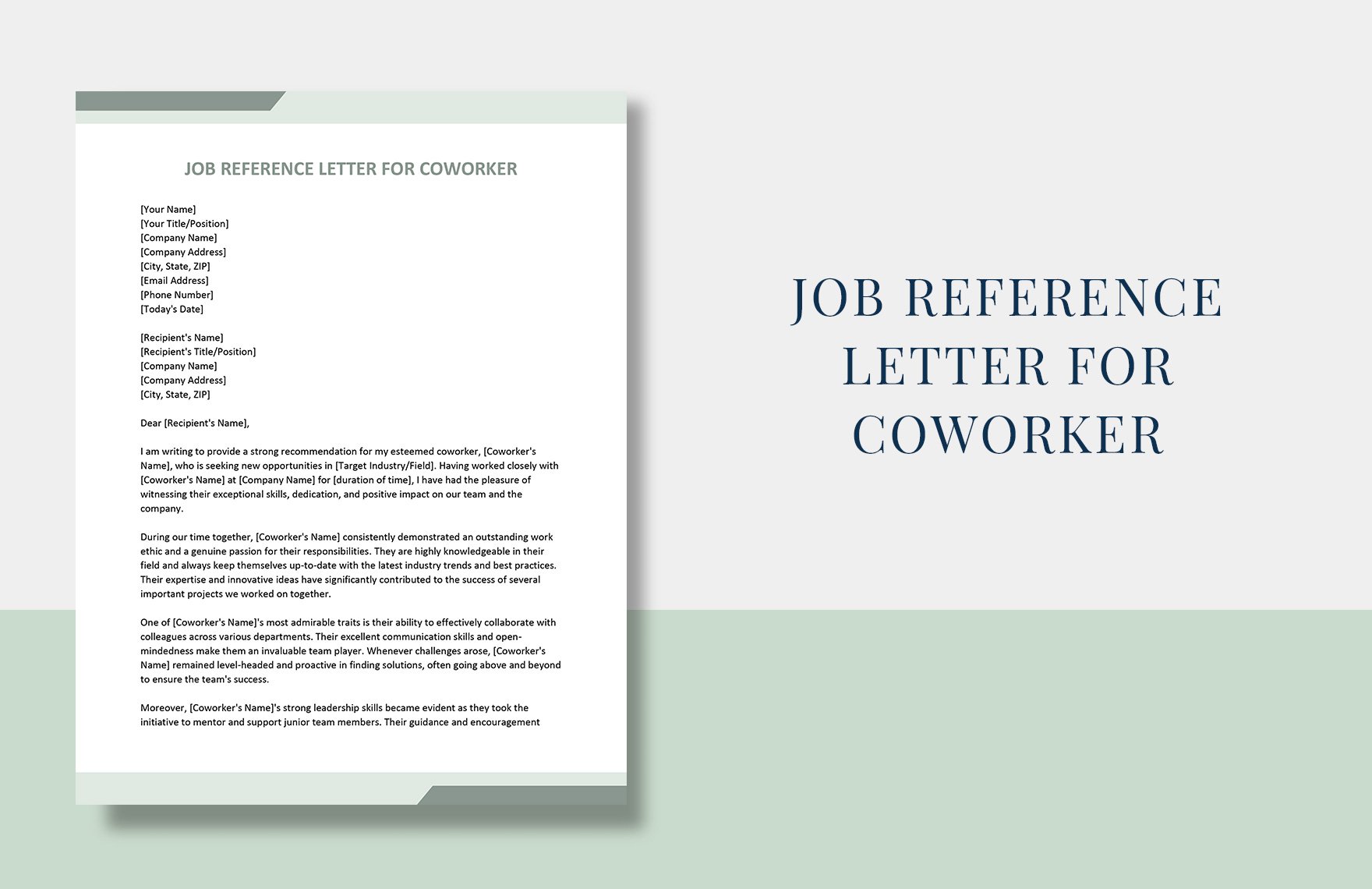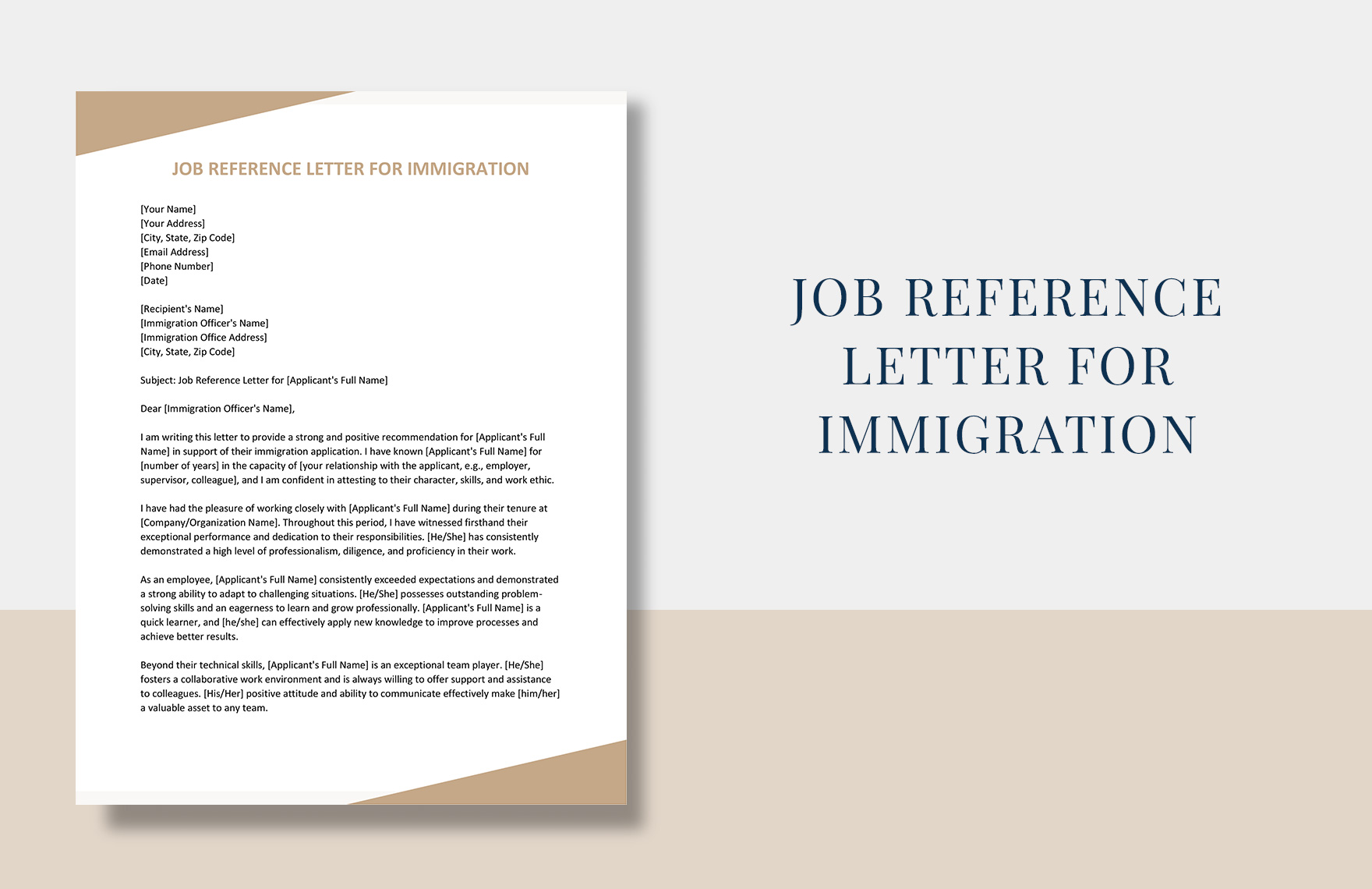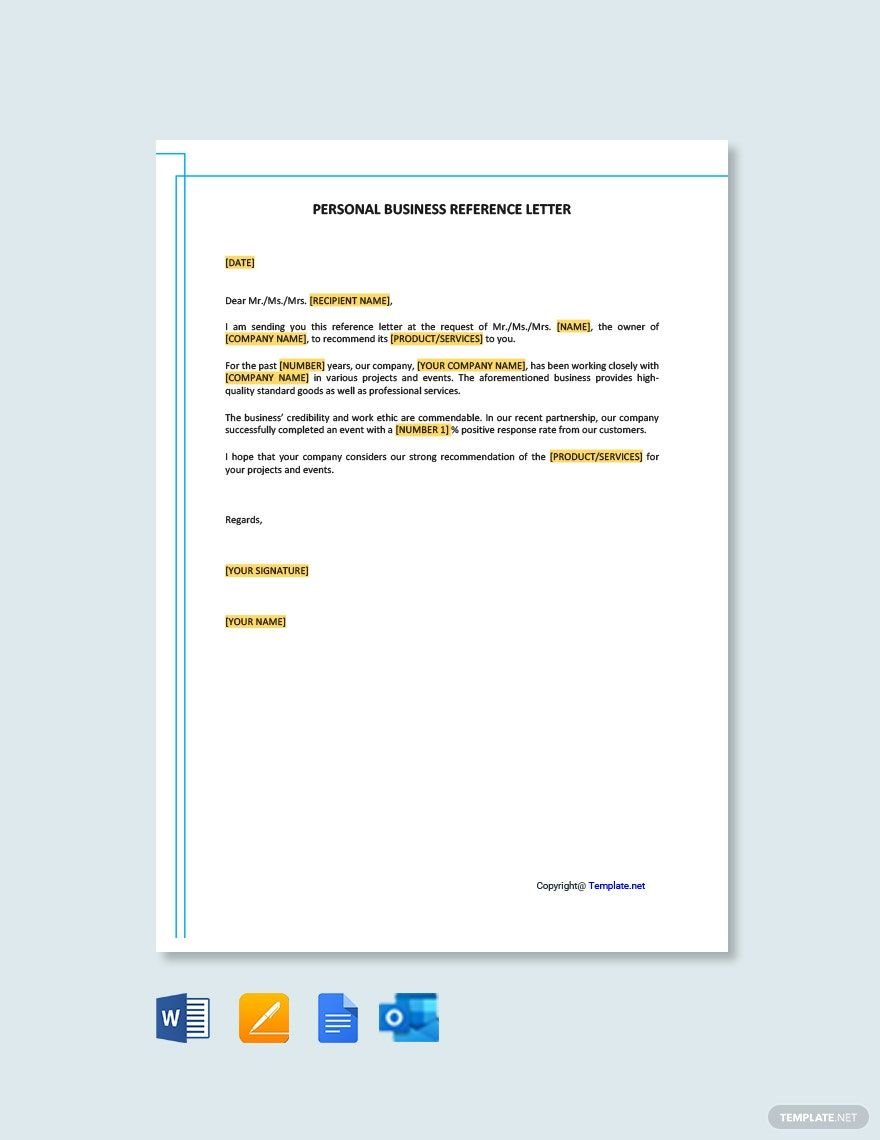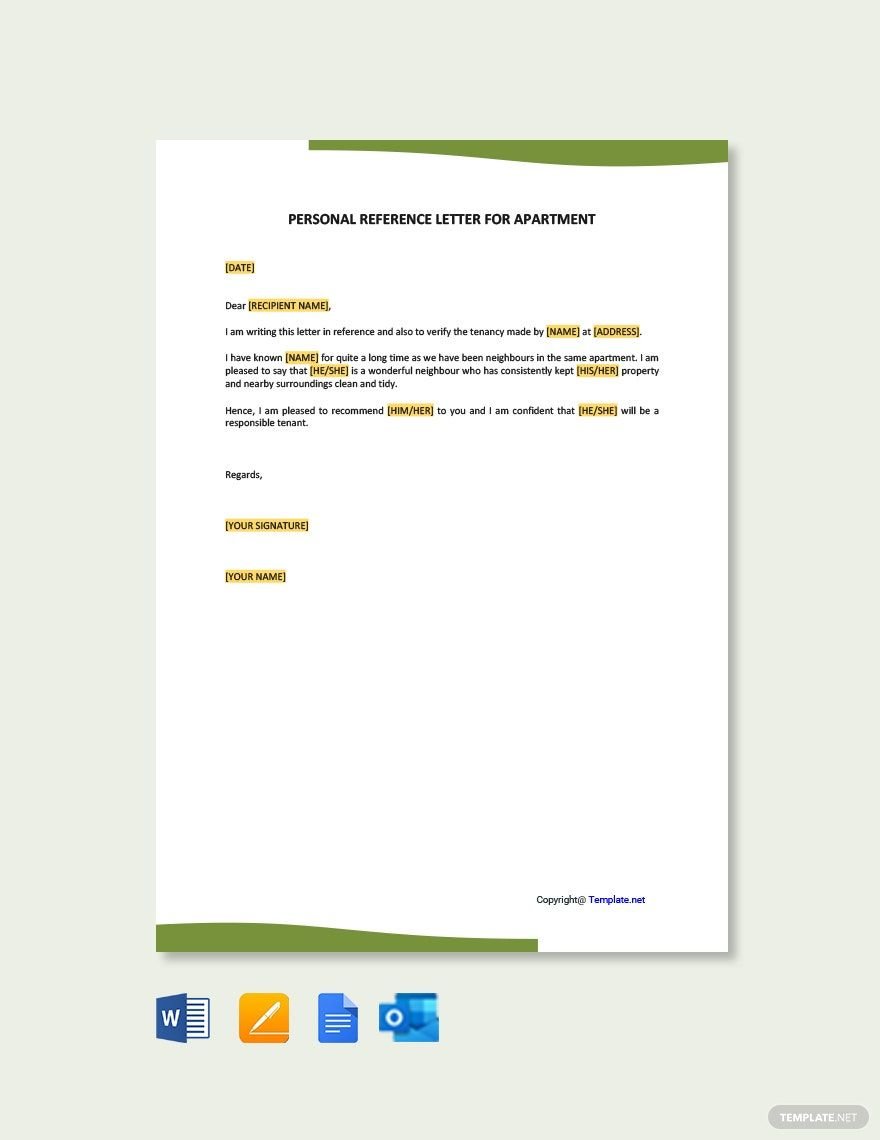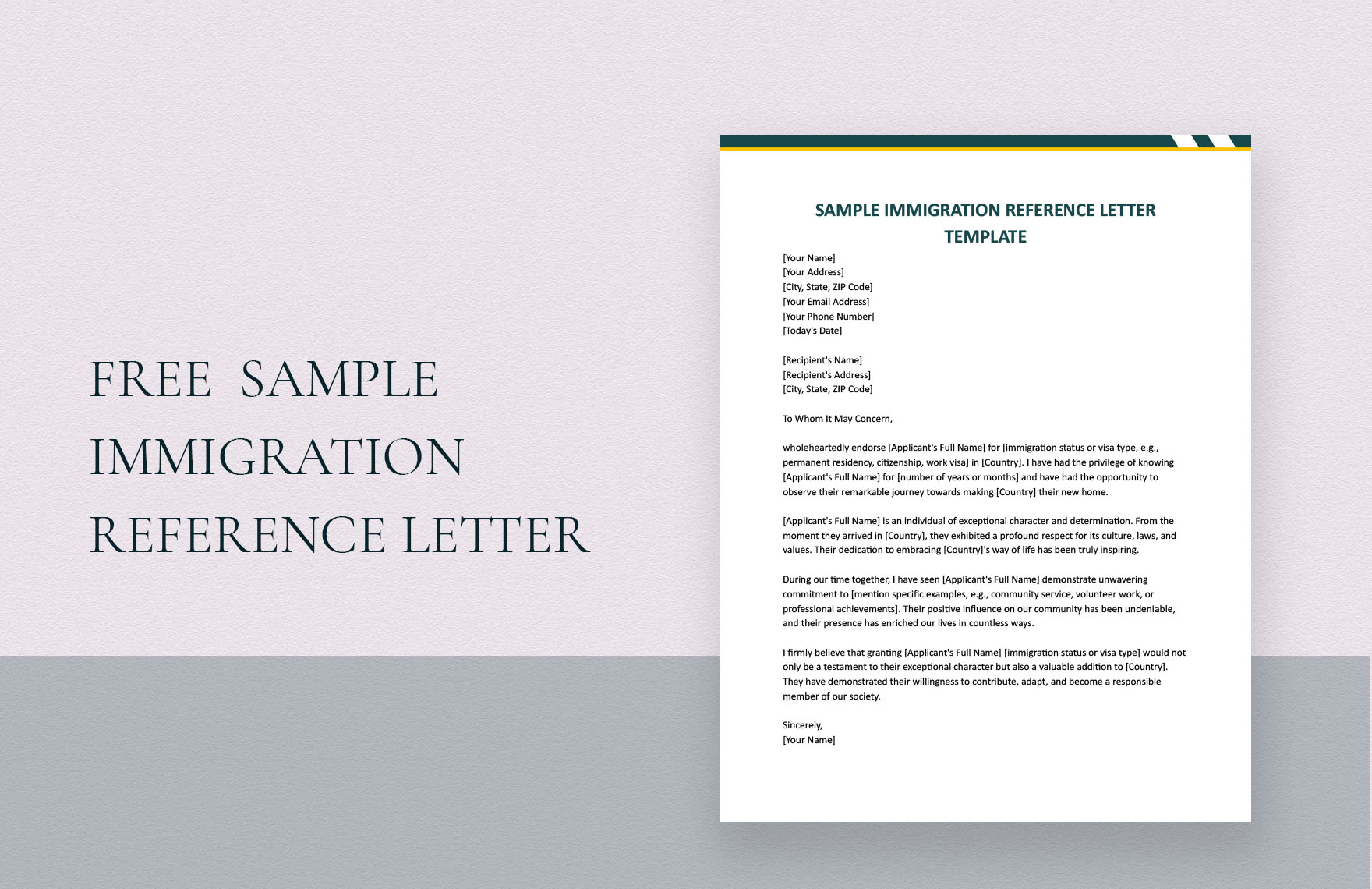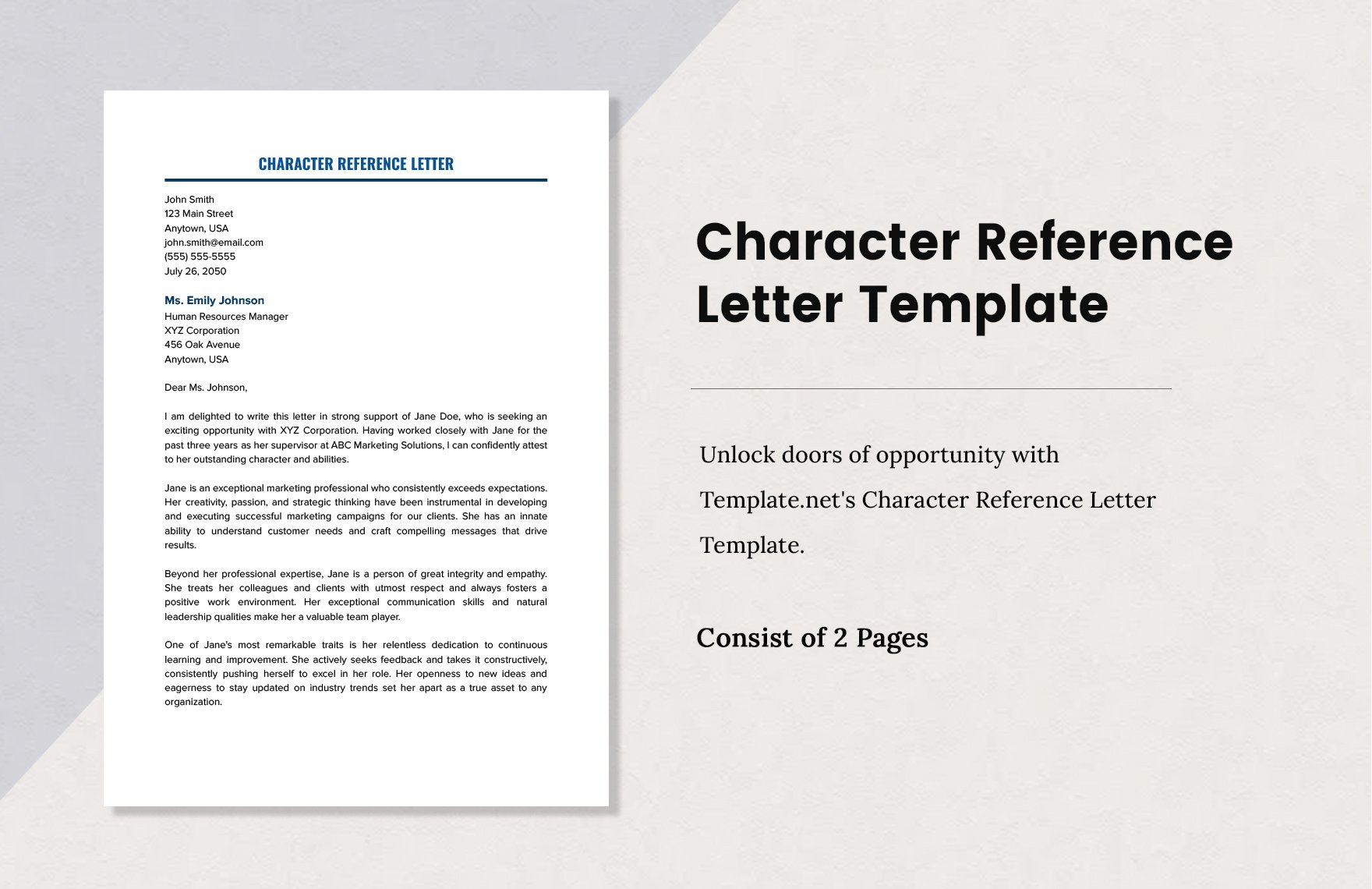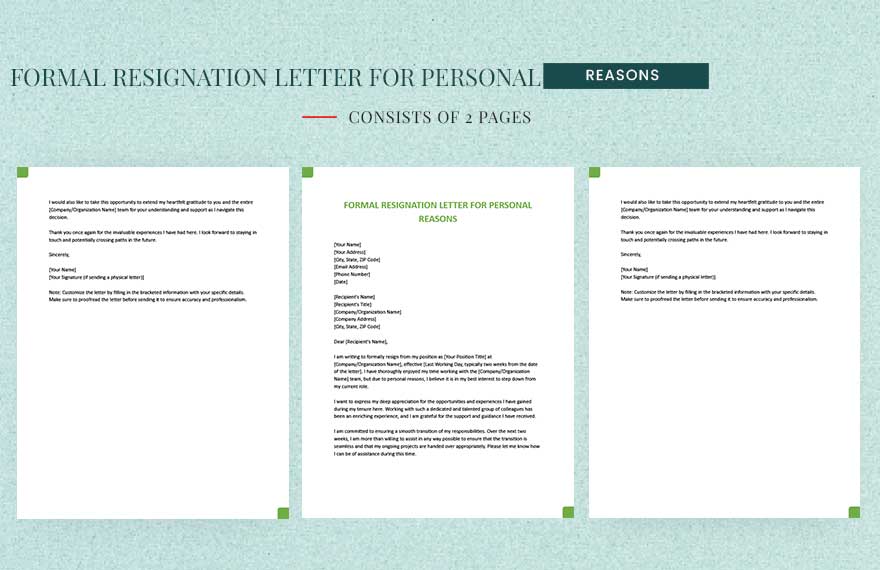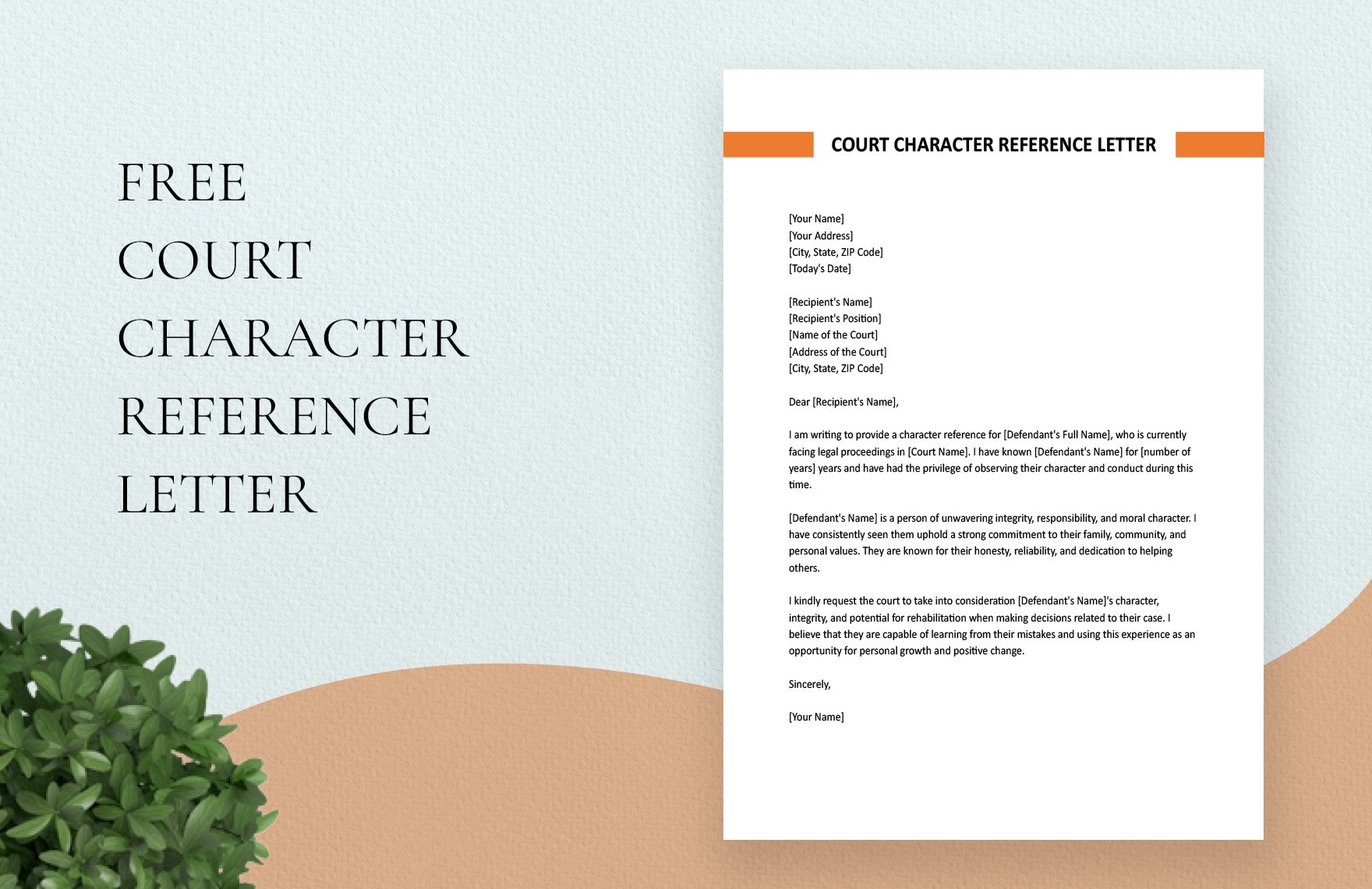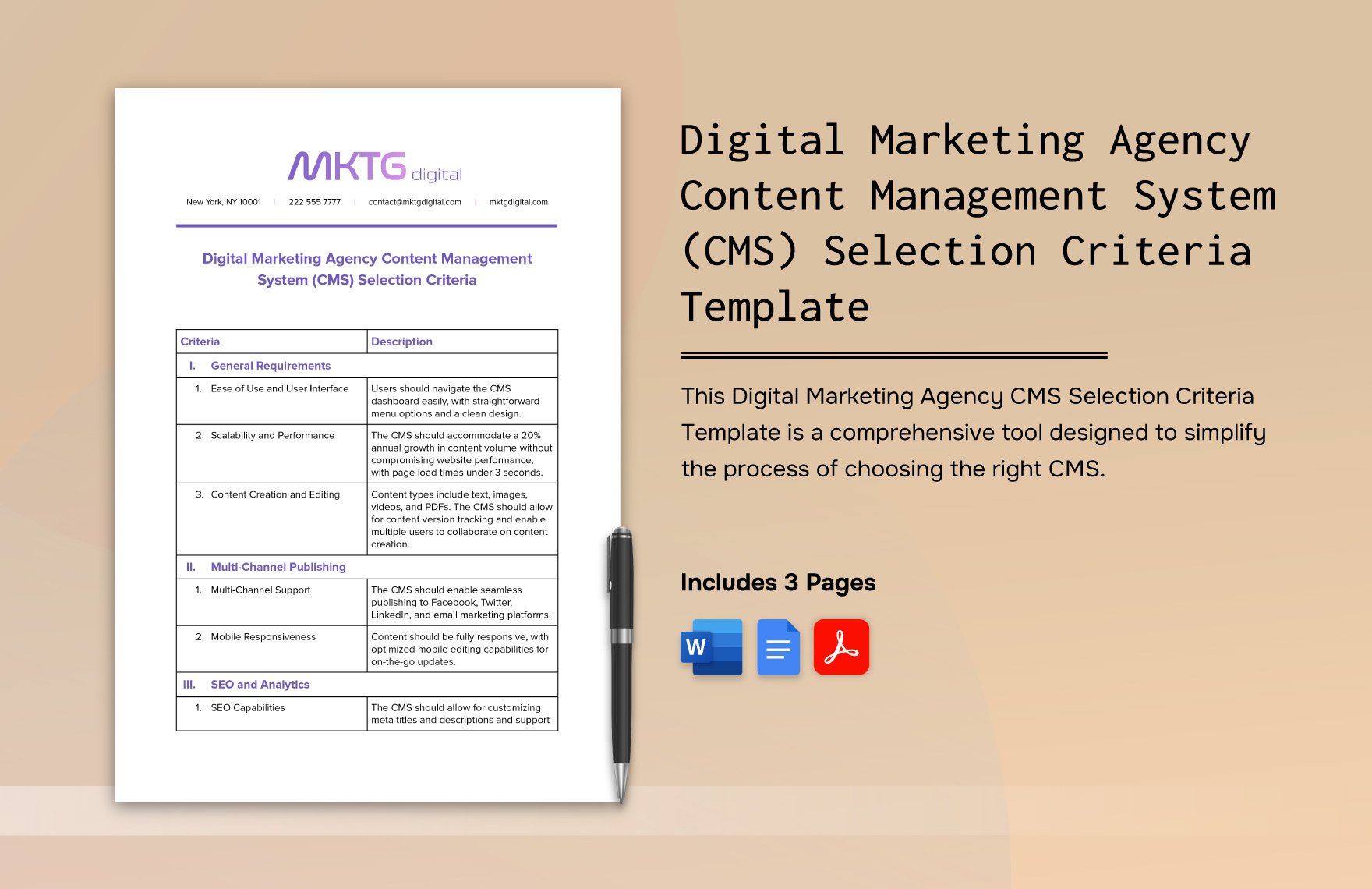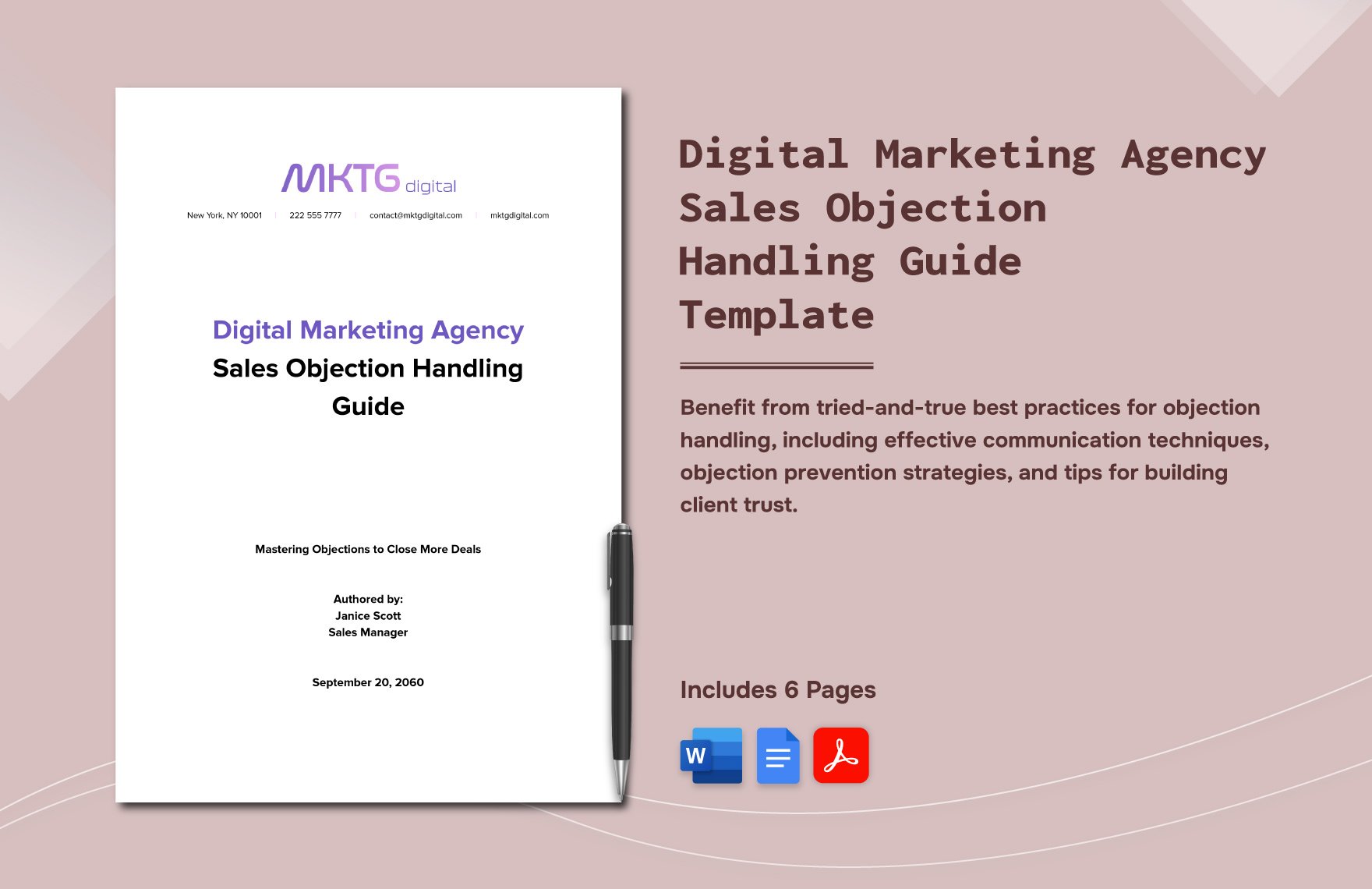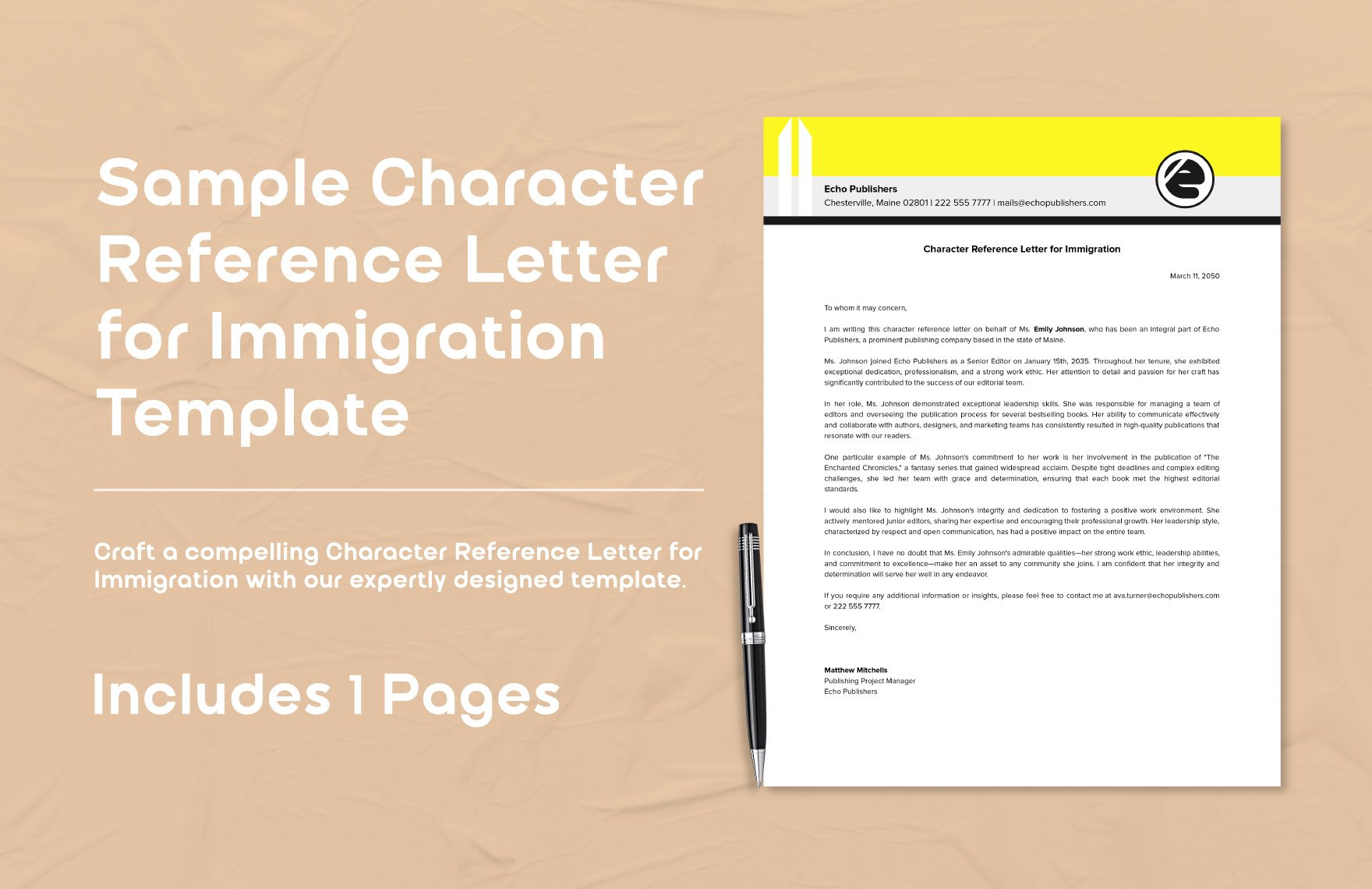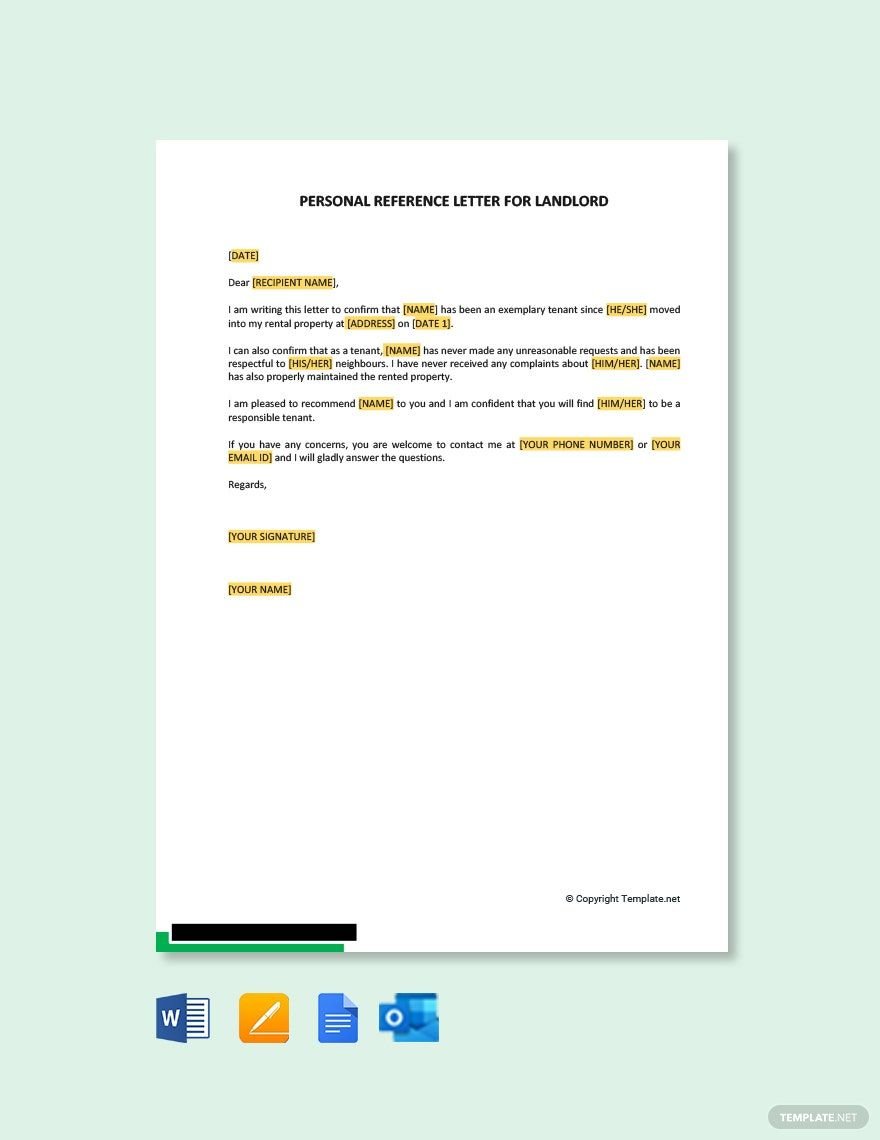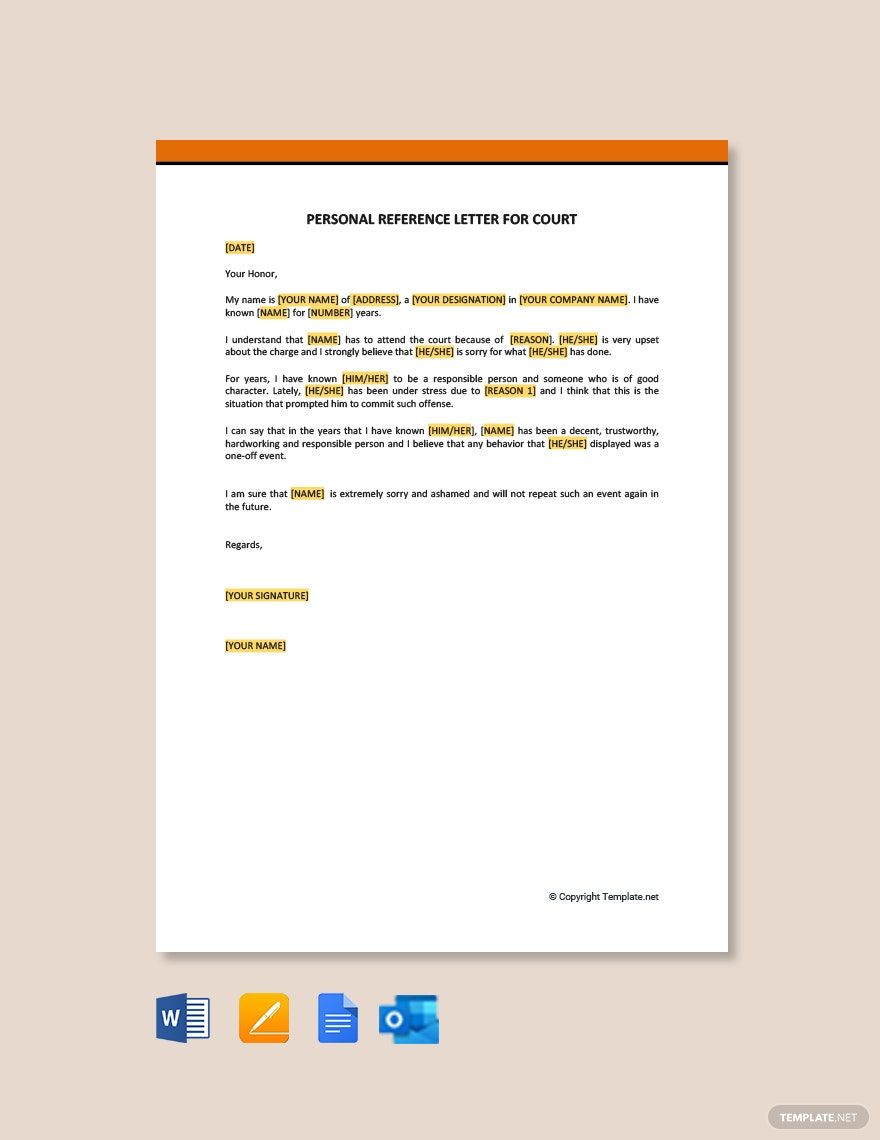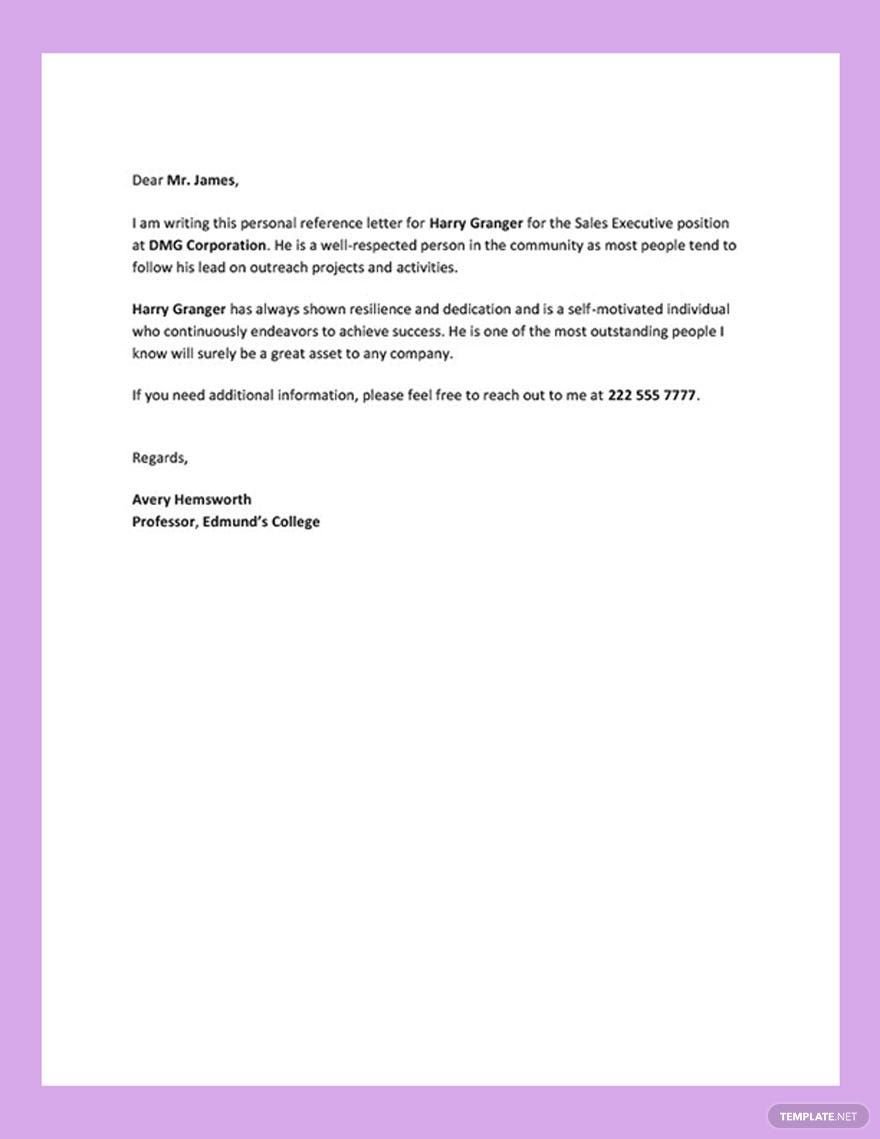Reference letters are one of the essential documents to be presented in job applications. For this reason, if you want the employer to consider your application thoroughly, you will have to ask your previous supervisors, friends, family members, or even clients for a personal testimony for your fantastic work reference. With that, we prepared these professionally written Personal Reference Letter Templates for everyone who aims to write reference letters for personal and professional purposes. By using these easily editable templates, you can effectively create a formal letter that will convince the recipients of the recommendation. Without taking much of your time and hard work, these 100% customizable templates will do the job in elaborating on the character references! Download one now!
What is a Personal Reference Letter?
A personal reference letter, also recognized as a character reference document, is a formal document that is presented by a specific person who identifies you and can confidently state your personal character and talents. As mentioned from Chron, the reference letters serve to persuade the prospective employer that you leave the previous organization on good terms and were a significant asset.
How to Create a Personal Reference Letter
For your guide, we have prepared these step-by-step outline on how to construct personal reference letters for your essential use.
1. Identify the Requester's Details
Before you start composing a precise and unbiased sample letter for your personal reference, you should first identify the person who requested the letter. Many agencies, institutions, and organizations preserve some files of their constituents for meaningful use. You can scan the previous records or ask for the latest portfolio so you can incorporate the accurate information in the reference letter.
2. Study the Format of Reference Letters
Whether you are creating a business letter or any other type of formal letter, you must get familiarized with all the elements of a letter. As you create a reference letter, it must also contain a header, information of the sender, the body, closing remarks, and a signature line.
3. Begin with the Letter's Content
If you are now knowledgeable about the letter format, it's time for you to start composing its message. A simple letter of reference usually mentions all the factors as to why the person has to be recommended. The more detailed the letter will be, the greater its impact on the recommended person's application.
4. Use a Letter Template as an Alternative
If it's tough for you to get everything started, you can use a printable letter template for your alternative. These sample templates contain suggestive content to guide you, and you can customize everything to suit the type of letter you want. Aside from being easily editable, you can save a lot of time in organizing your letters.
5. Send the Letter
After checking the entire letter from any glaring errors, make sure that your letter is appropriately presentable enough for the recipient as he/she receives it.
